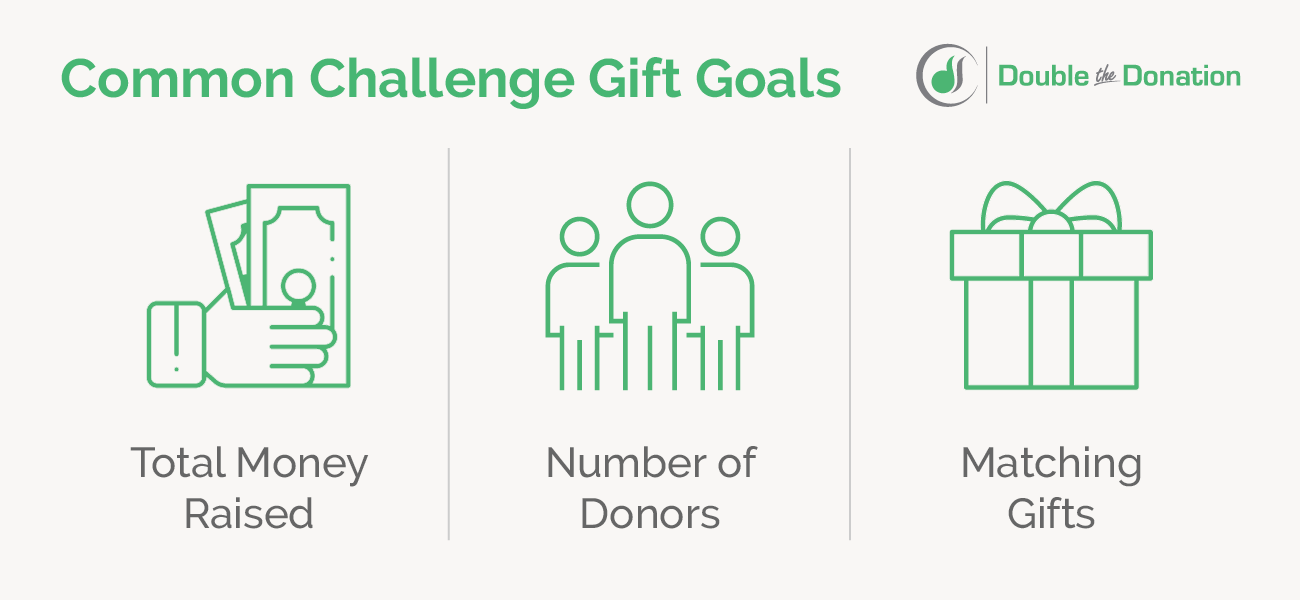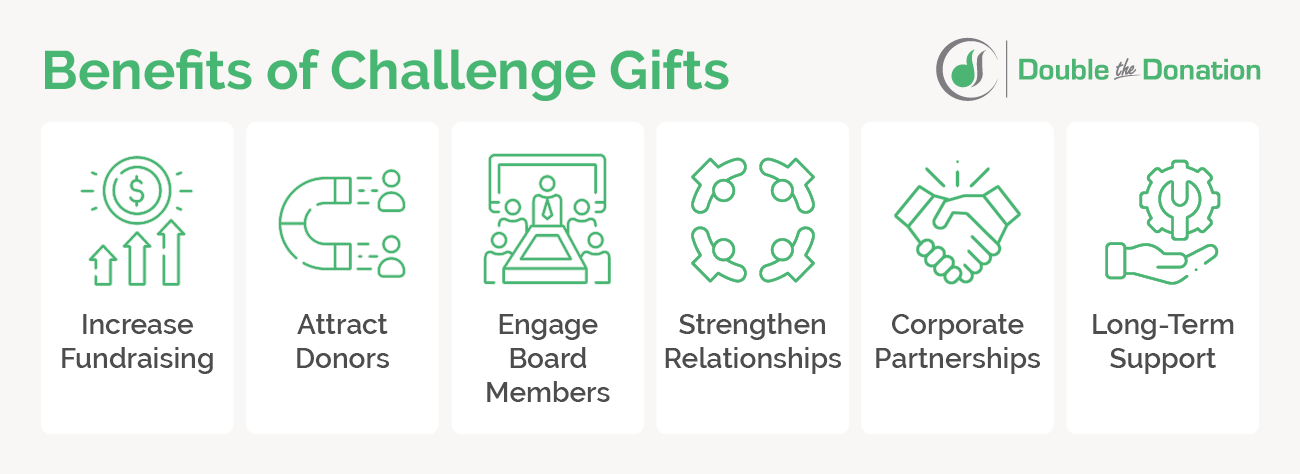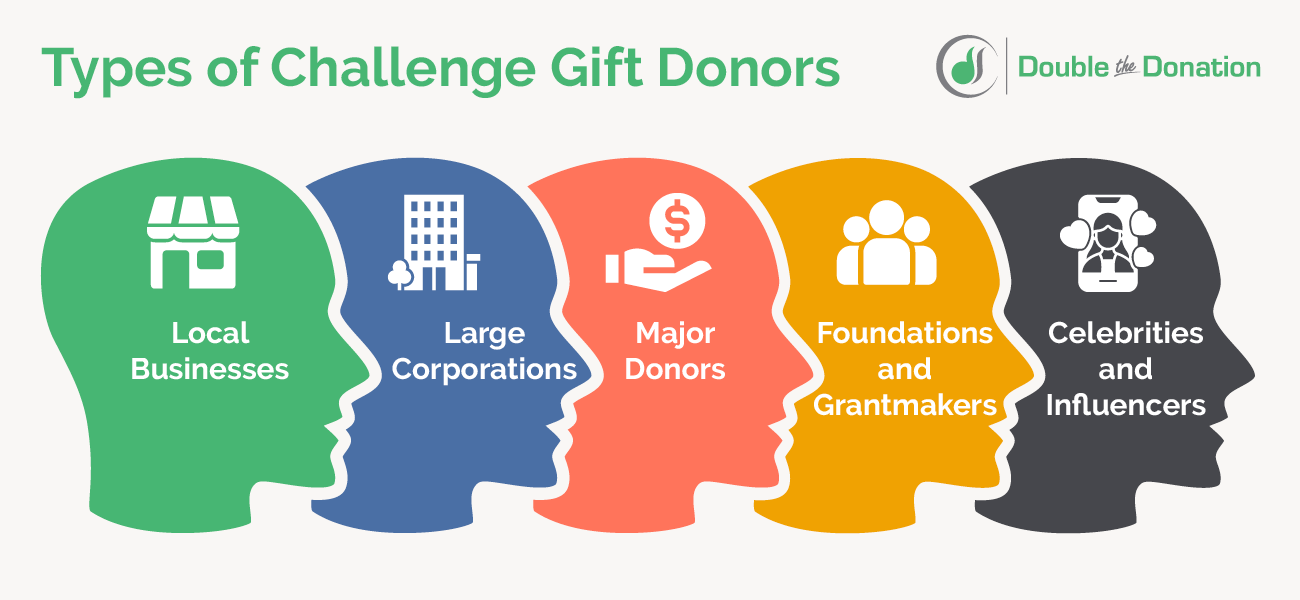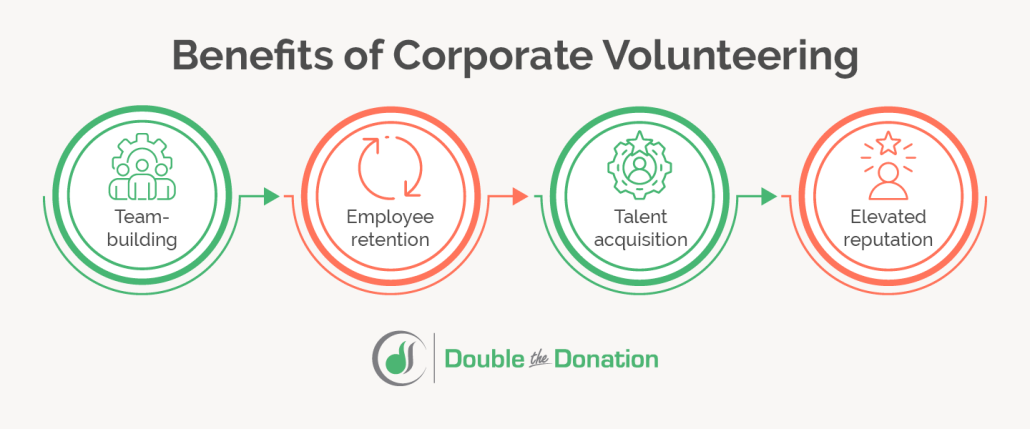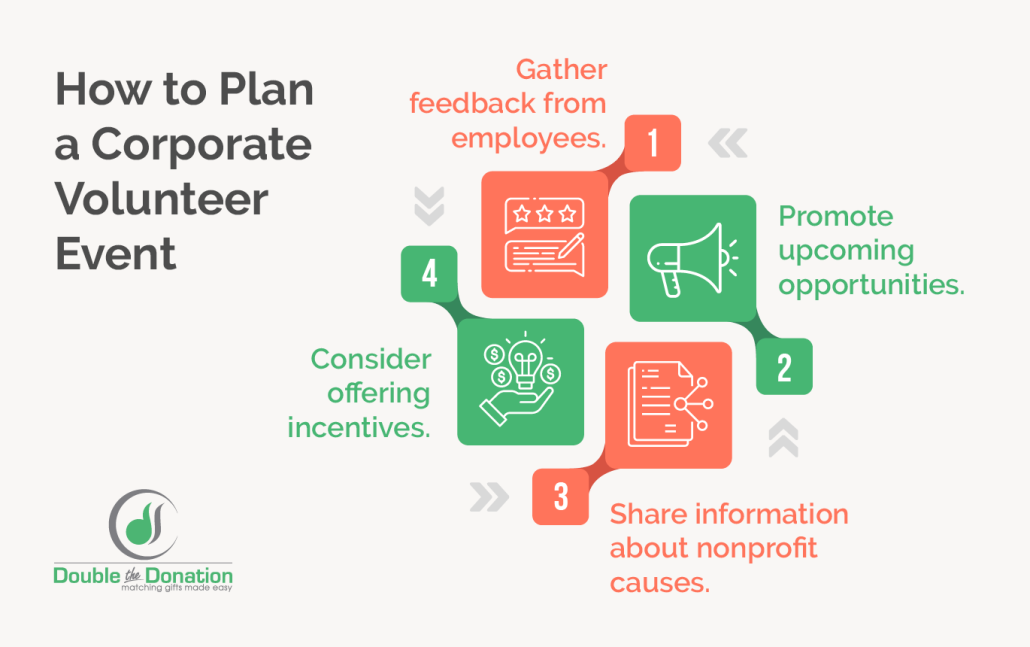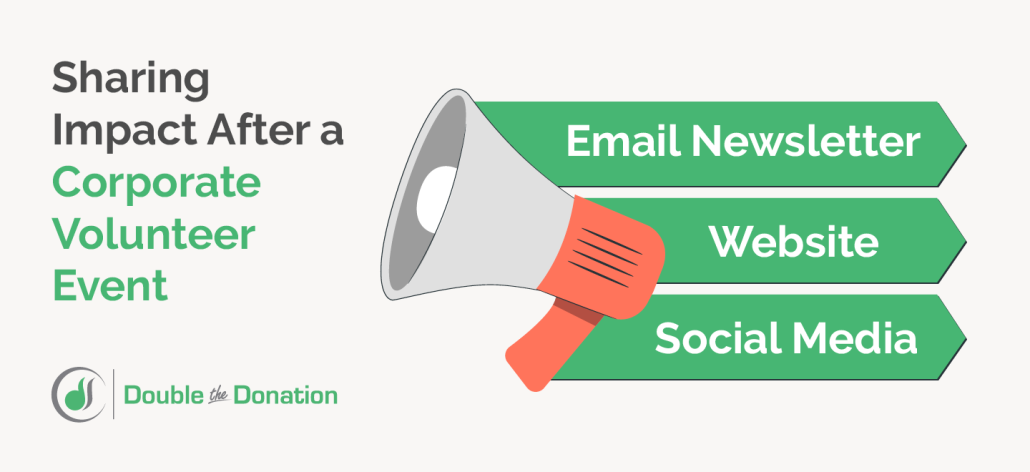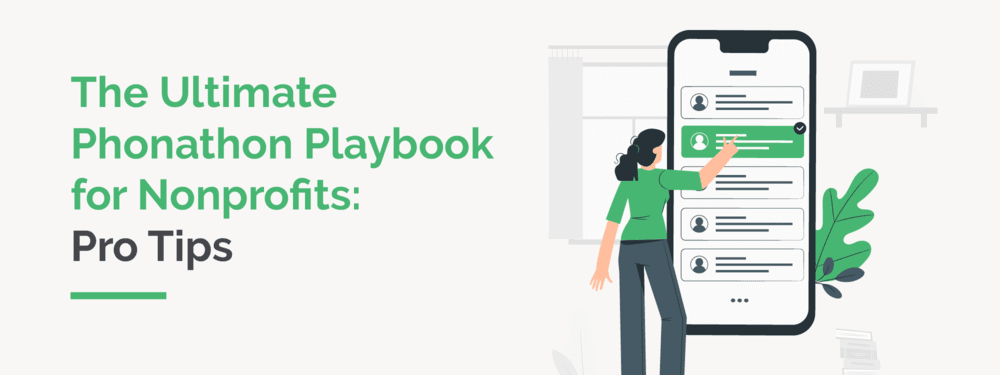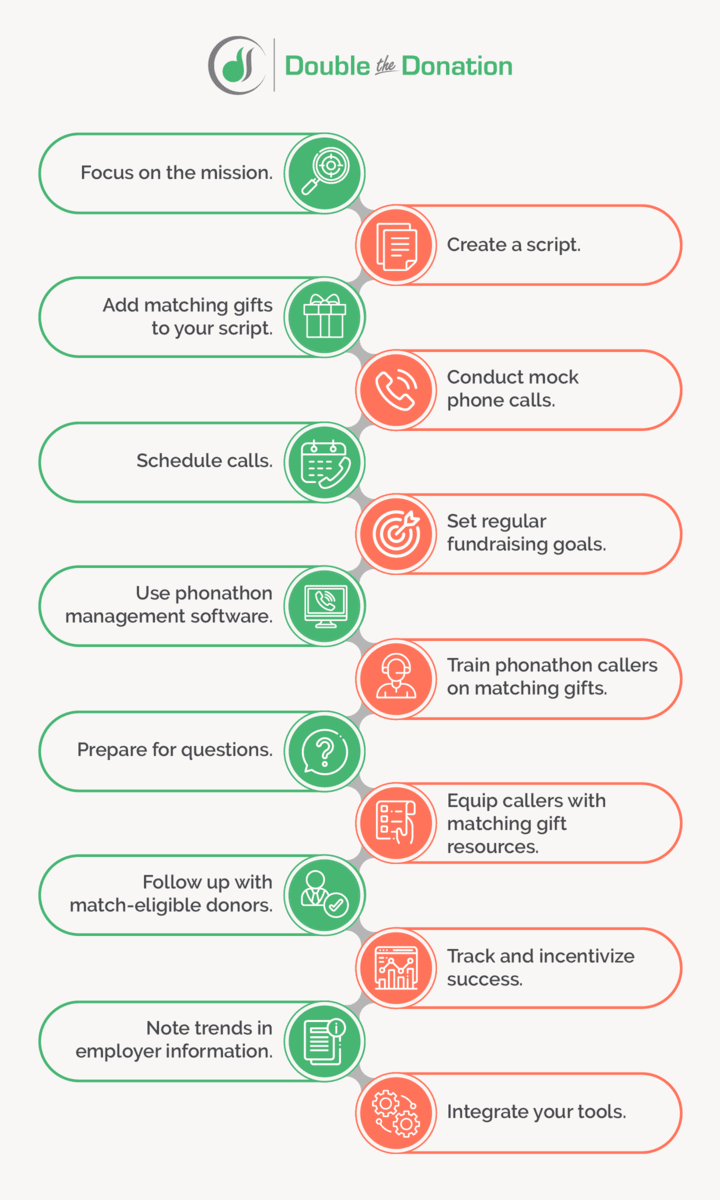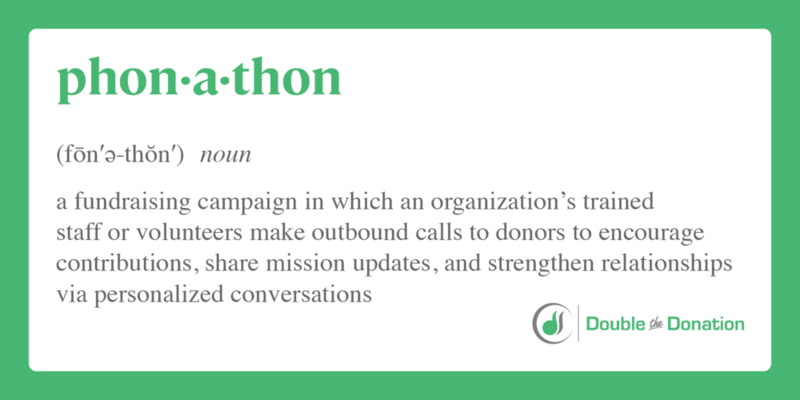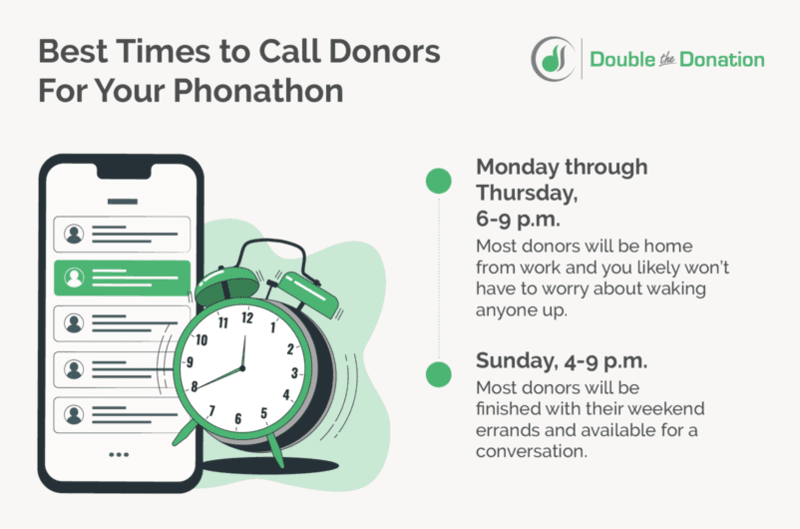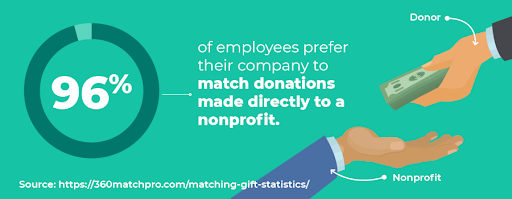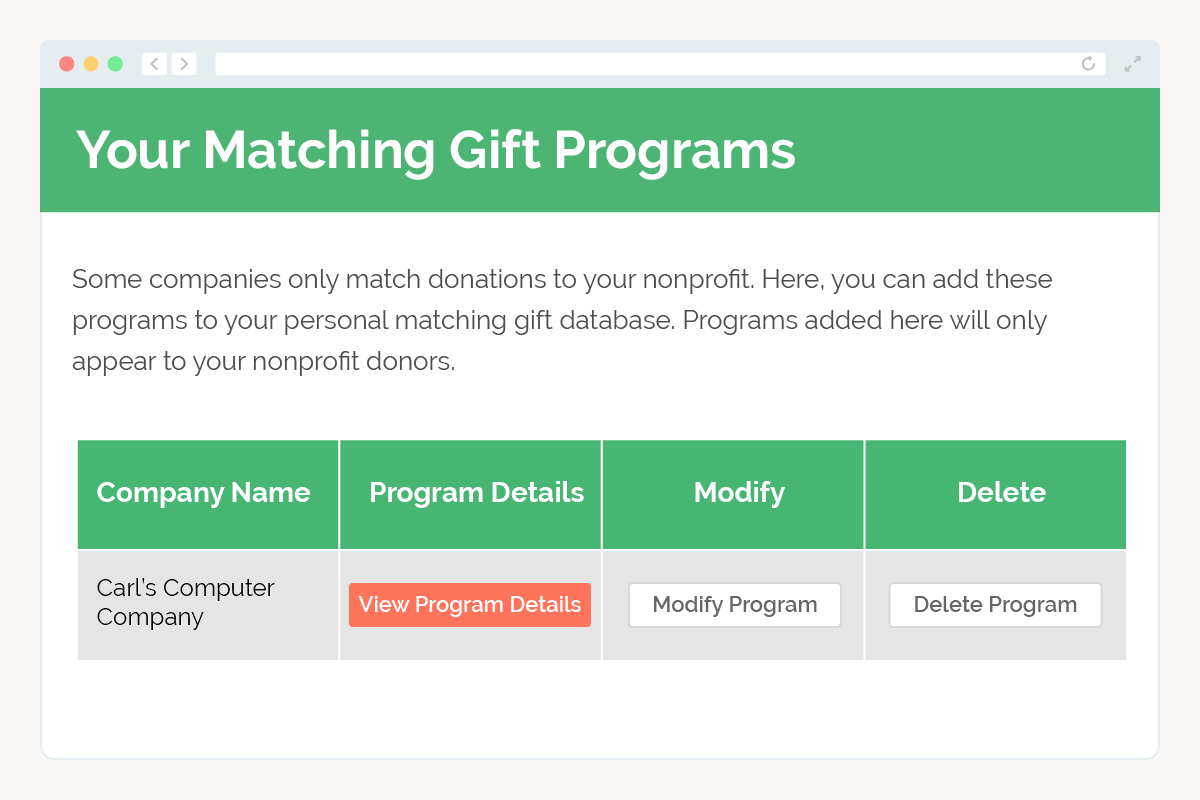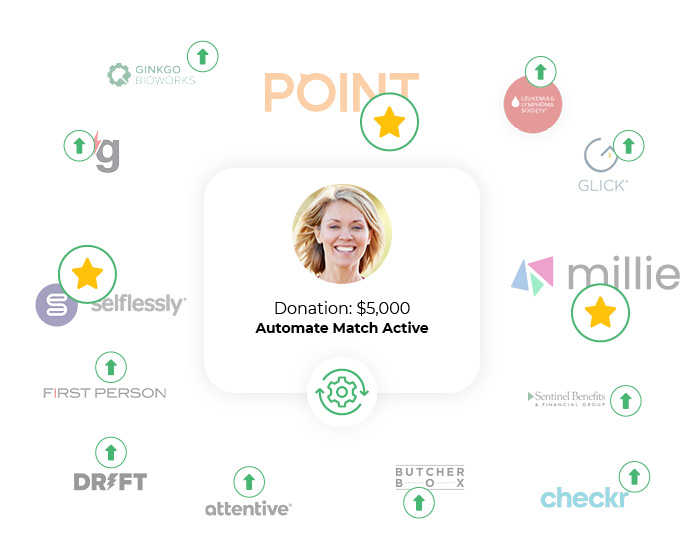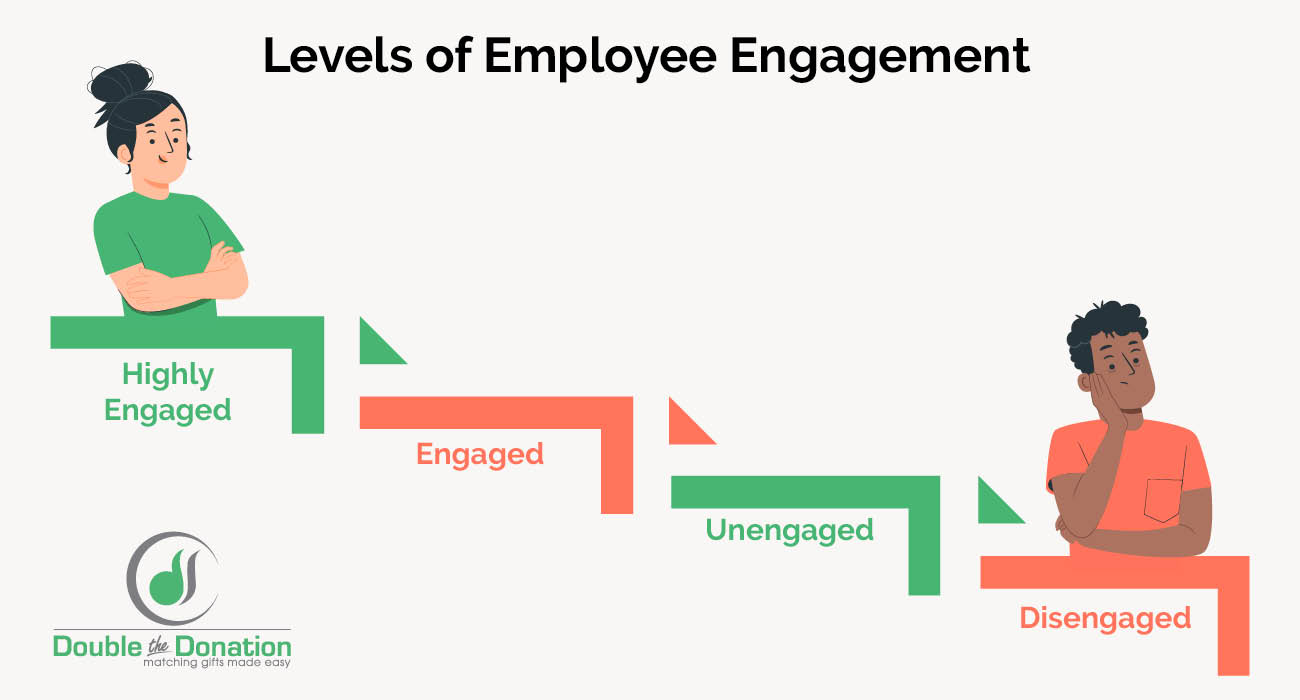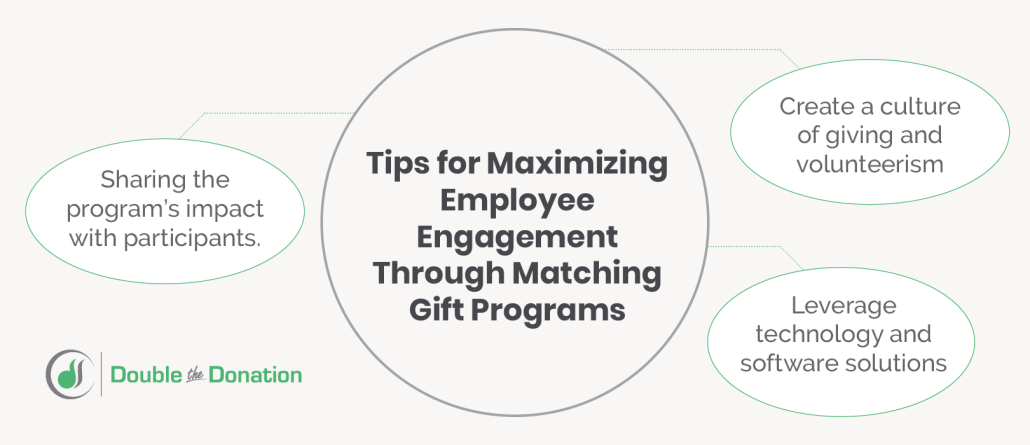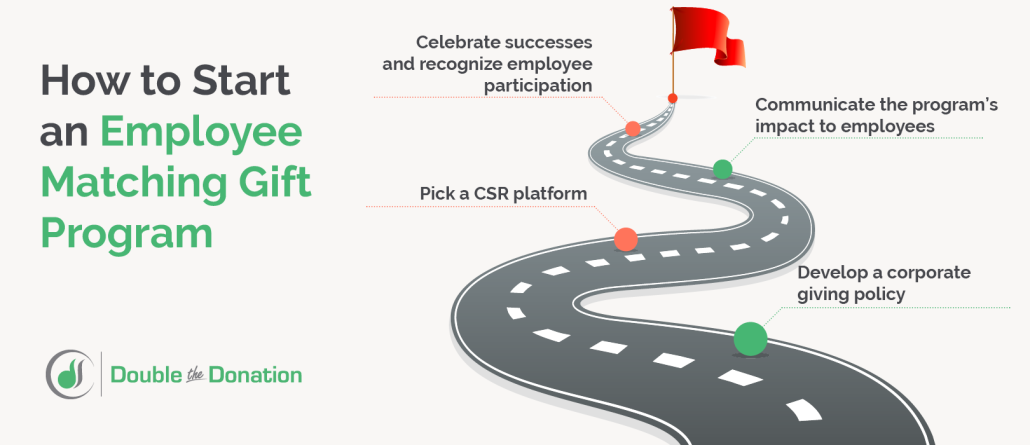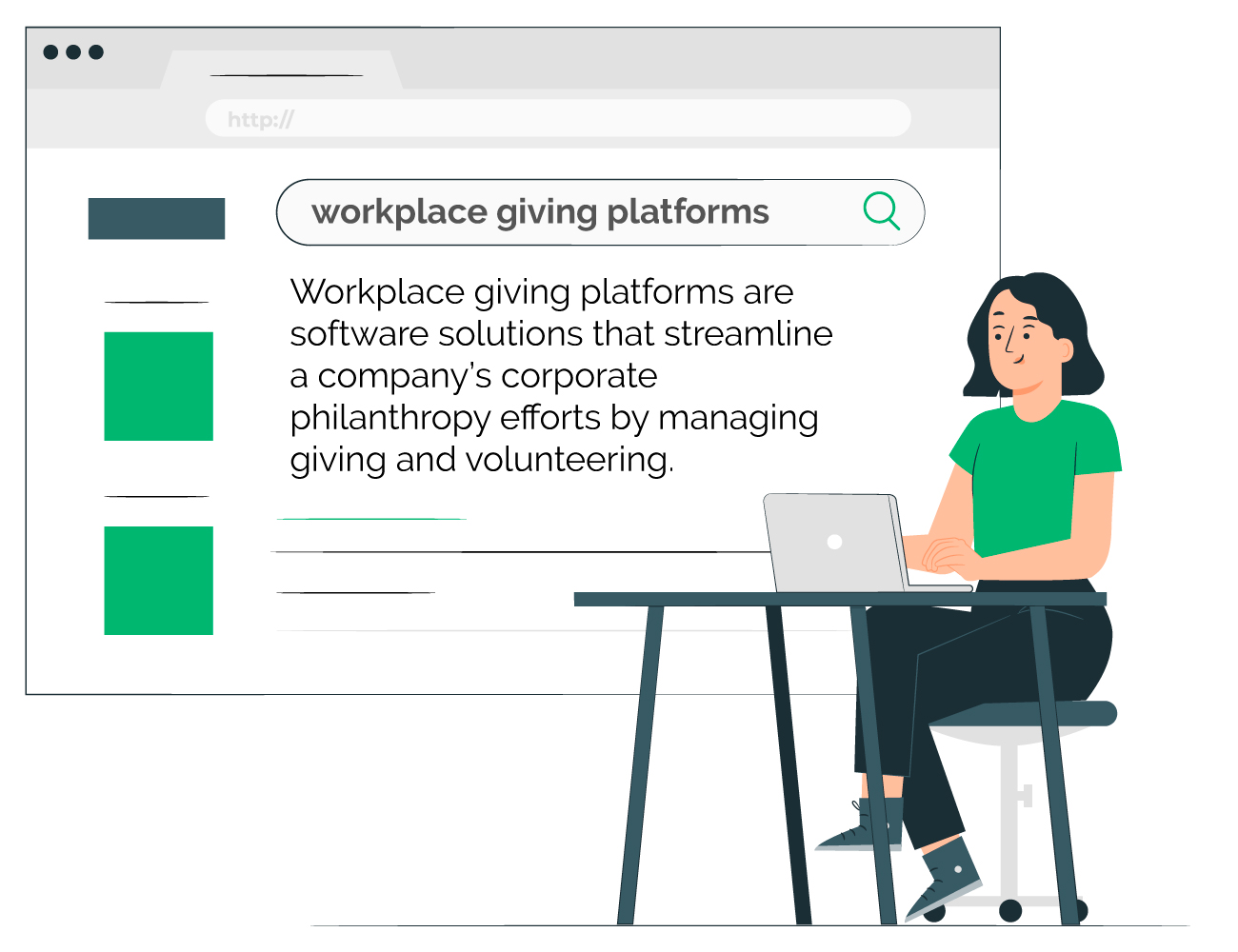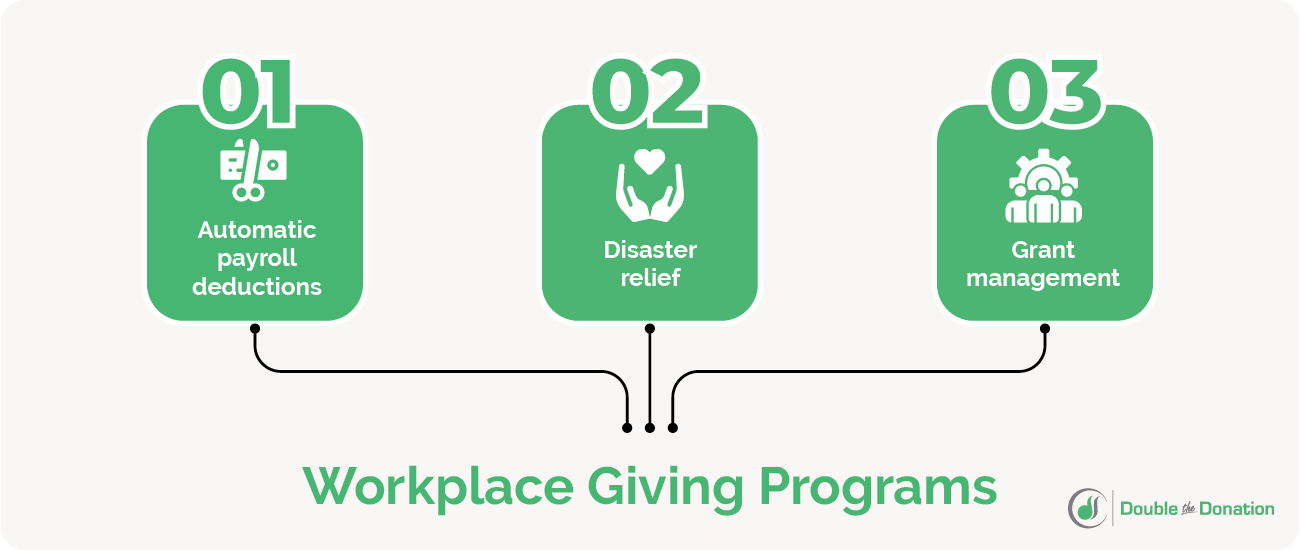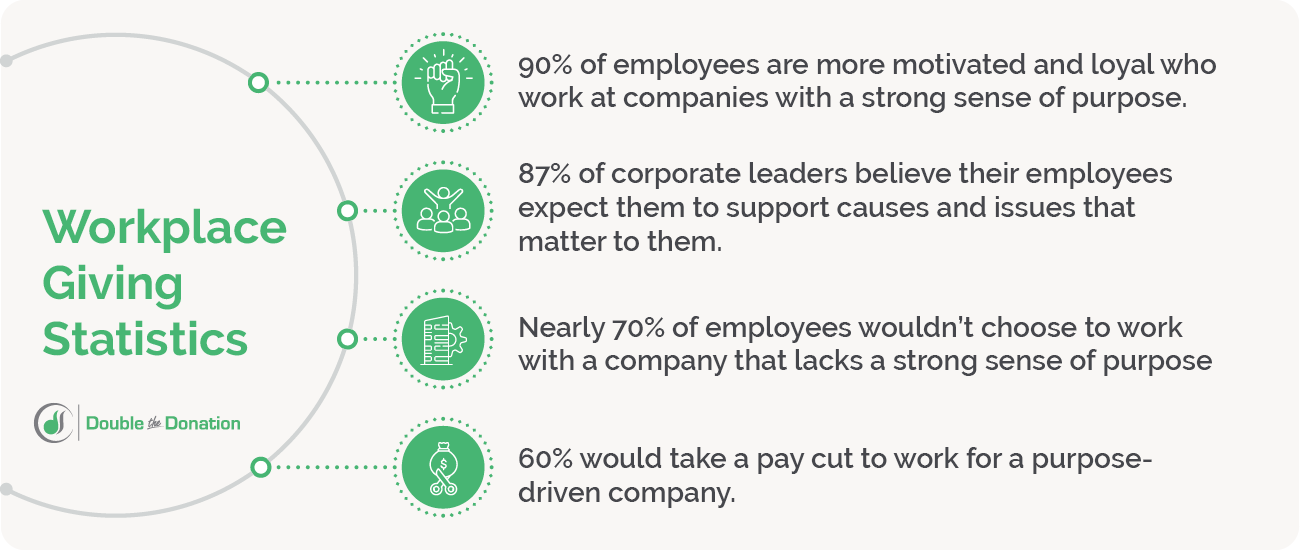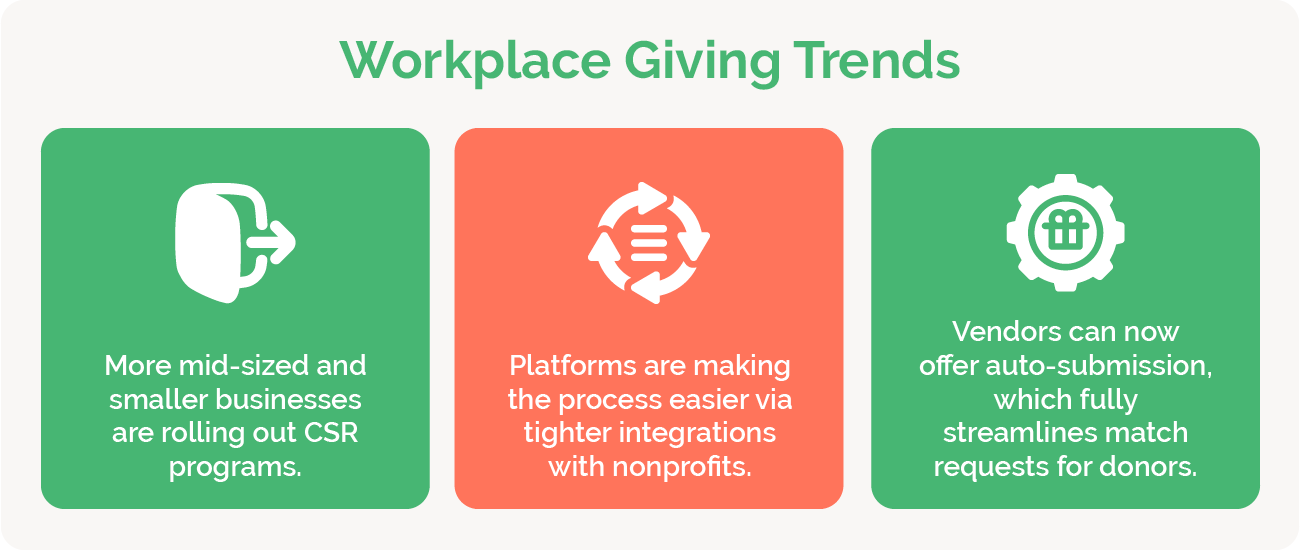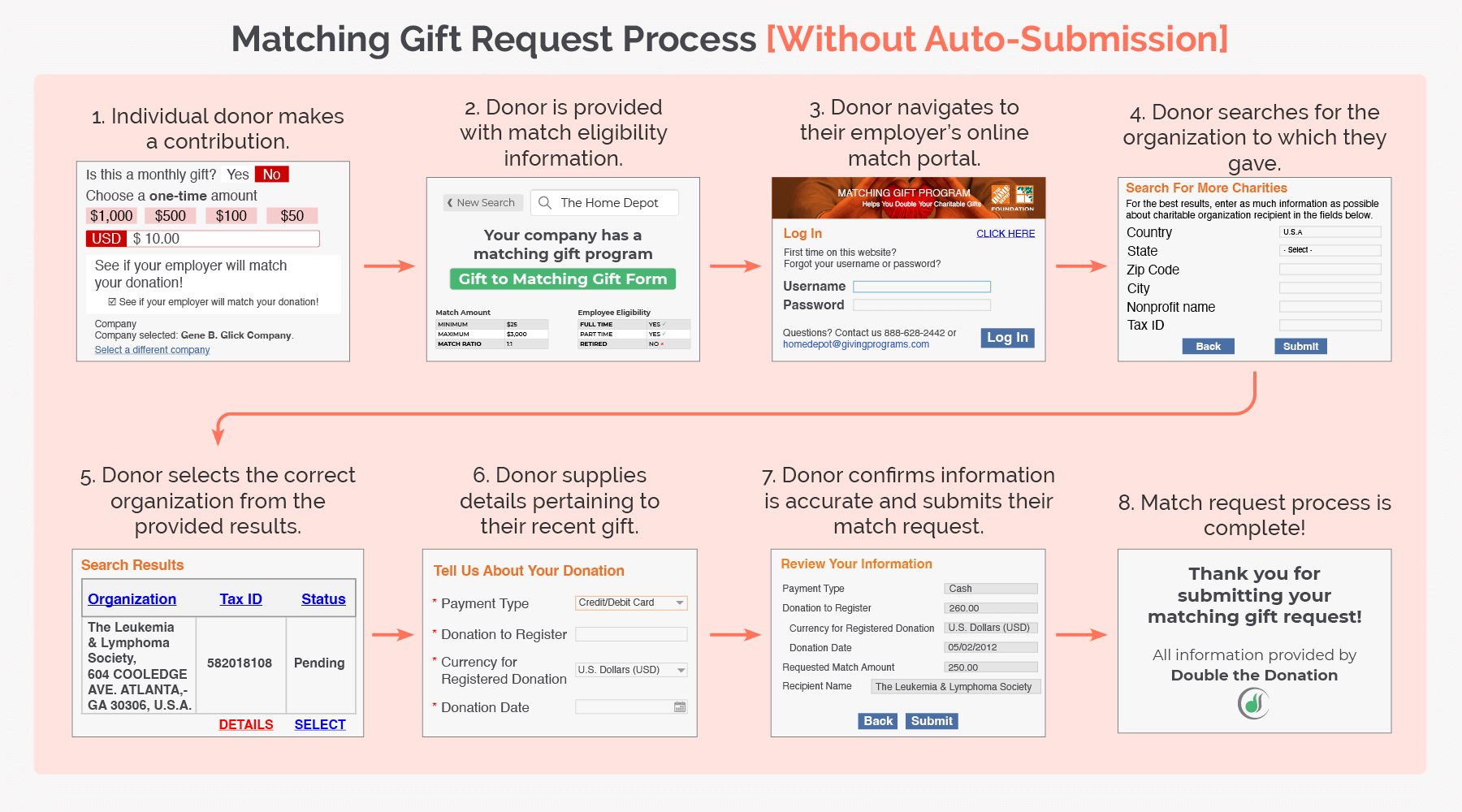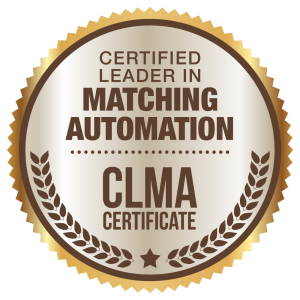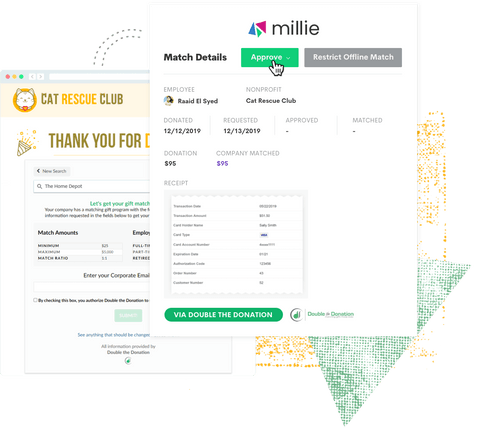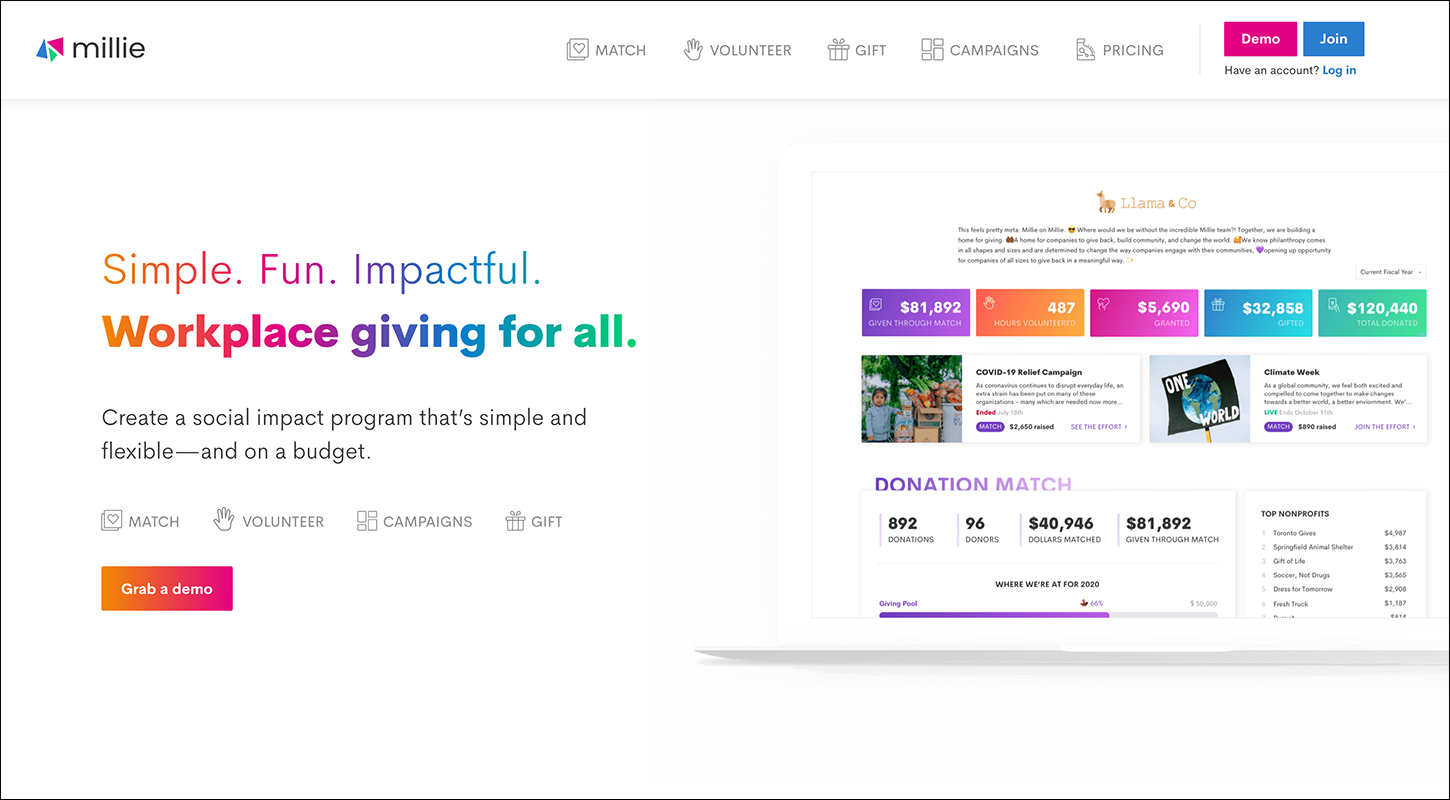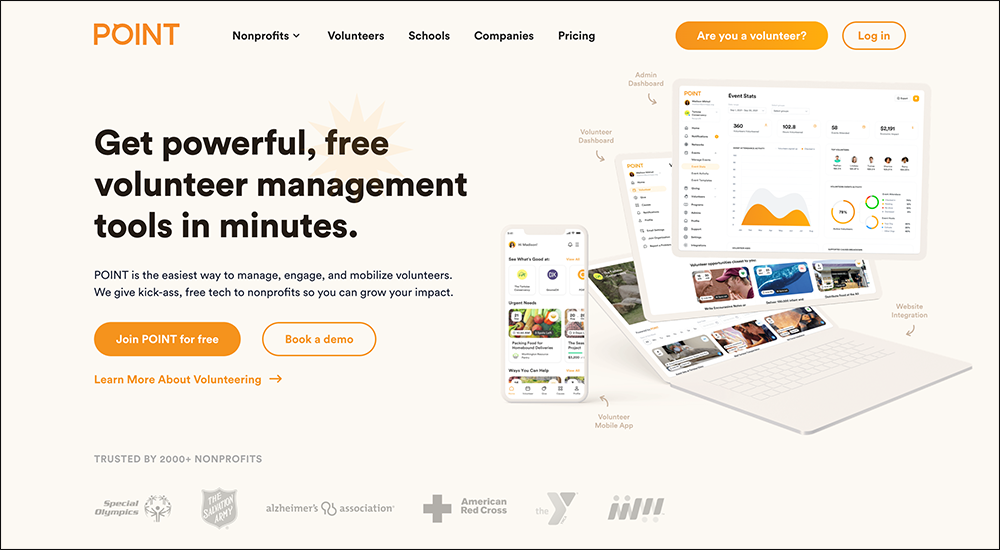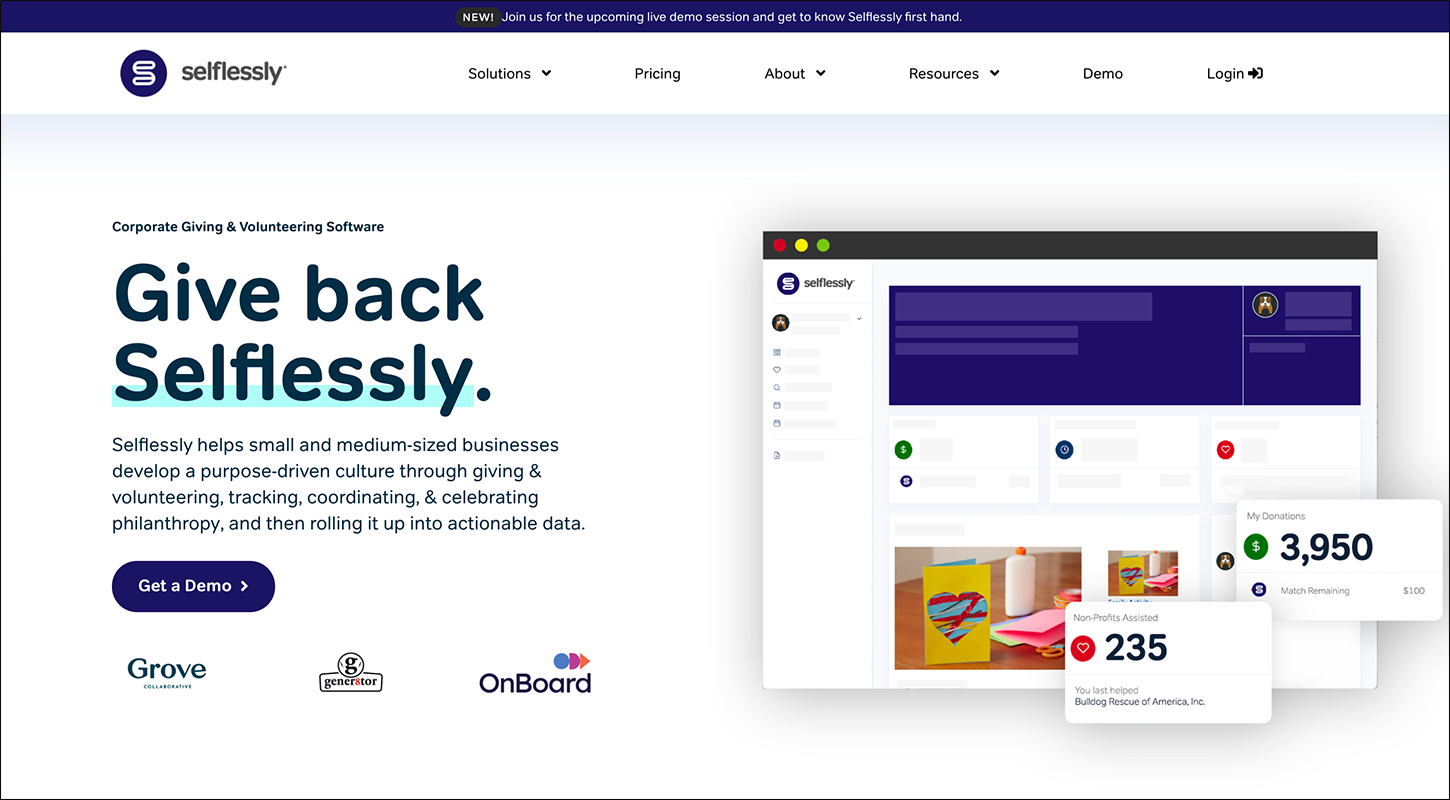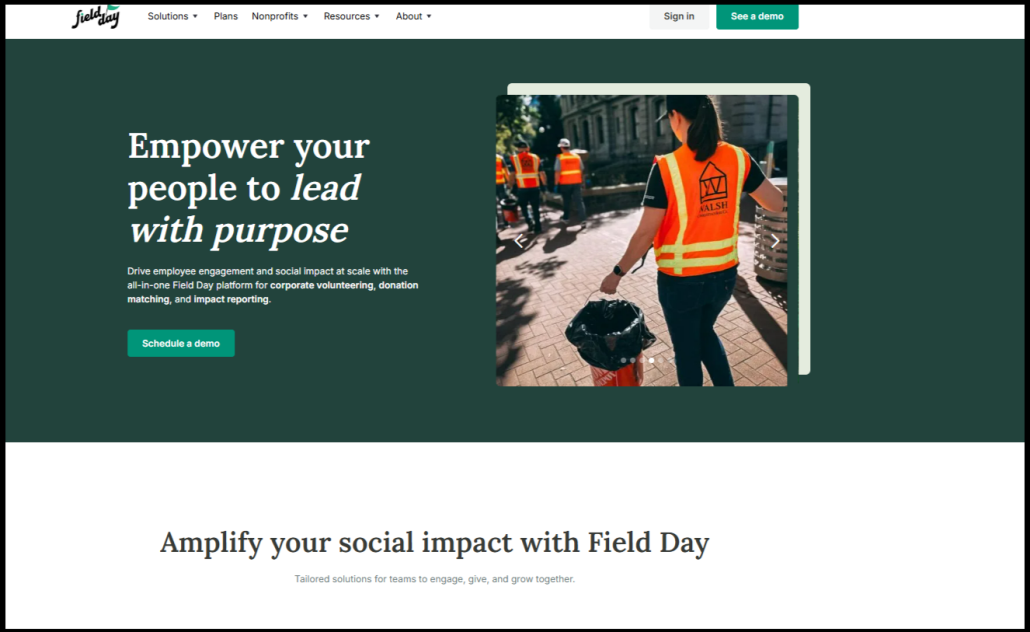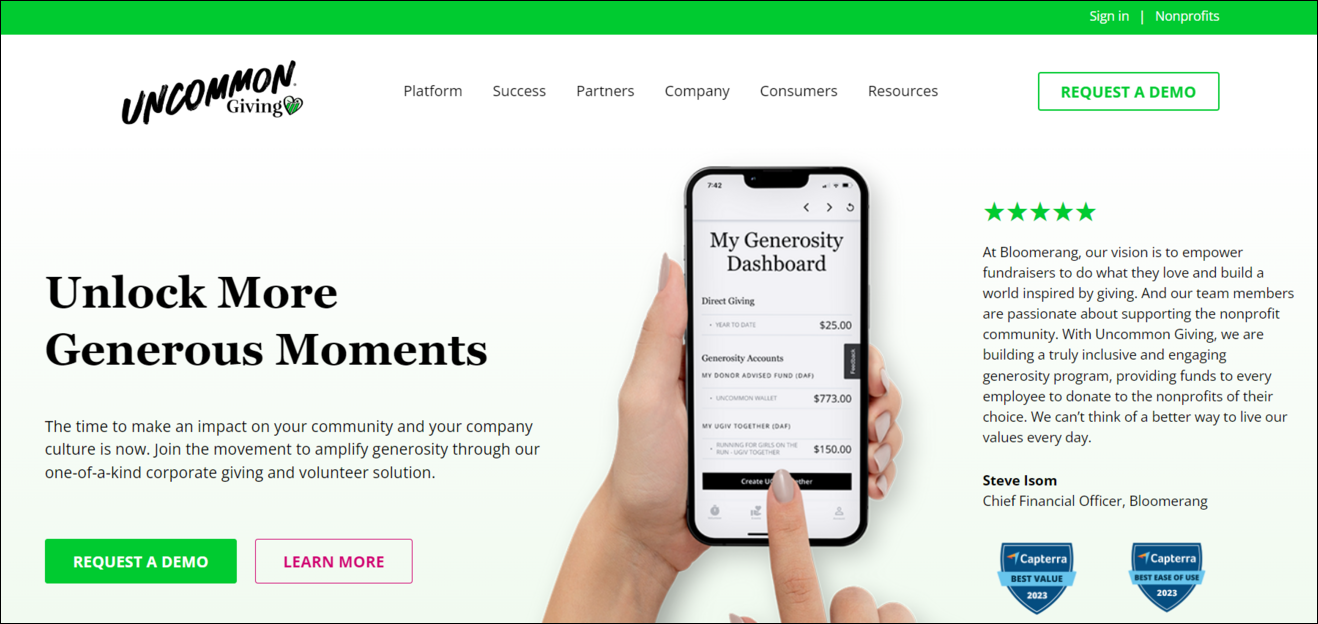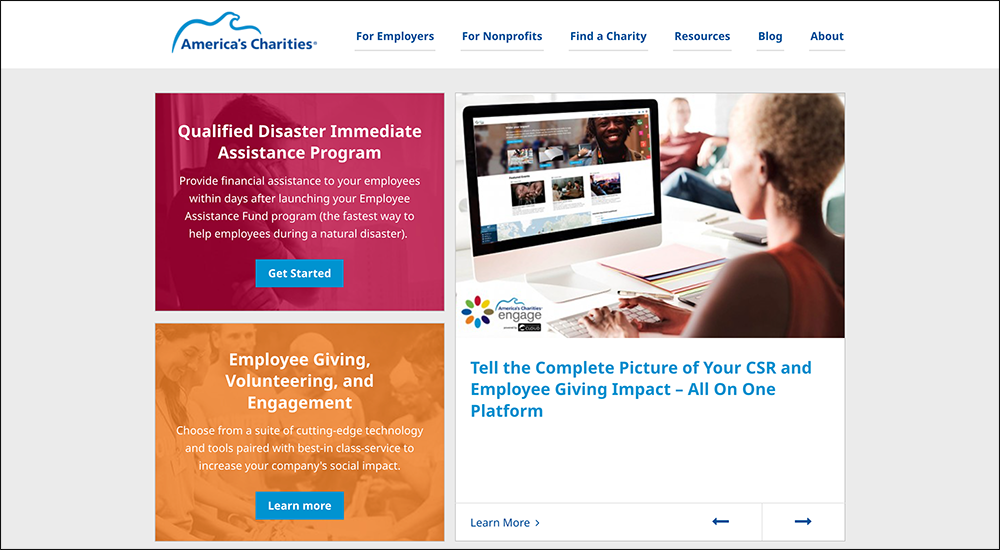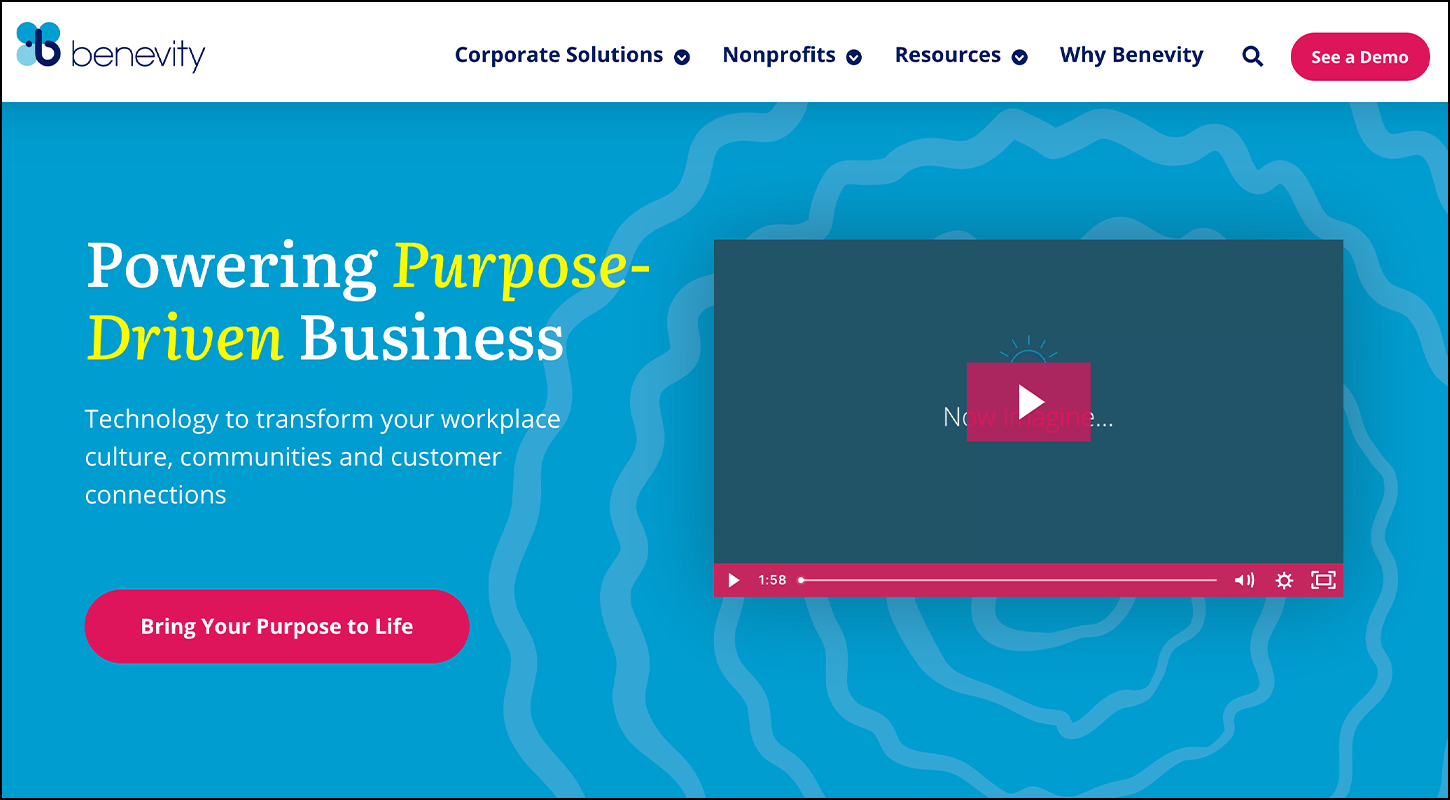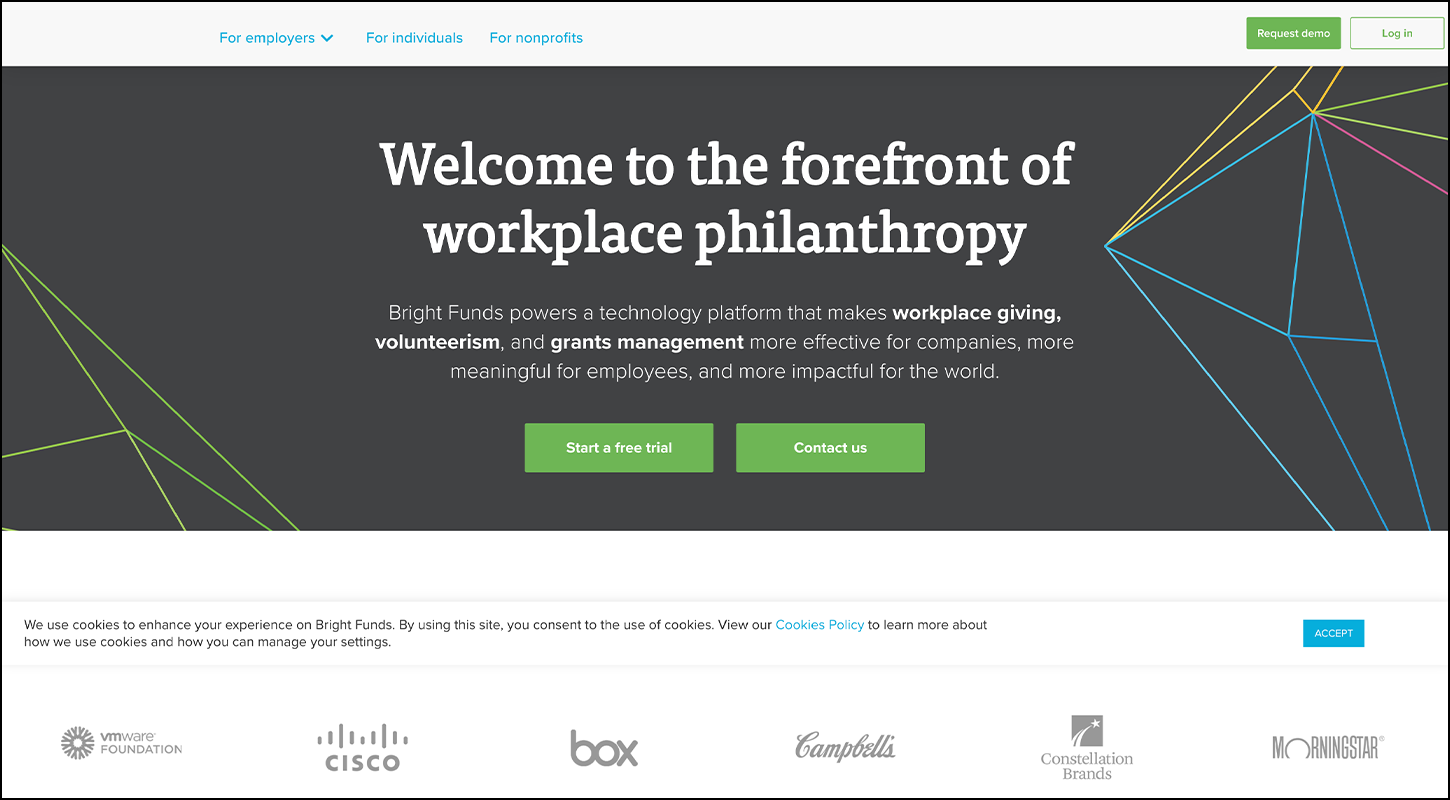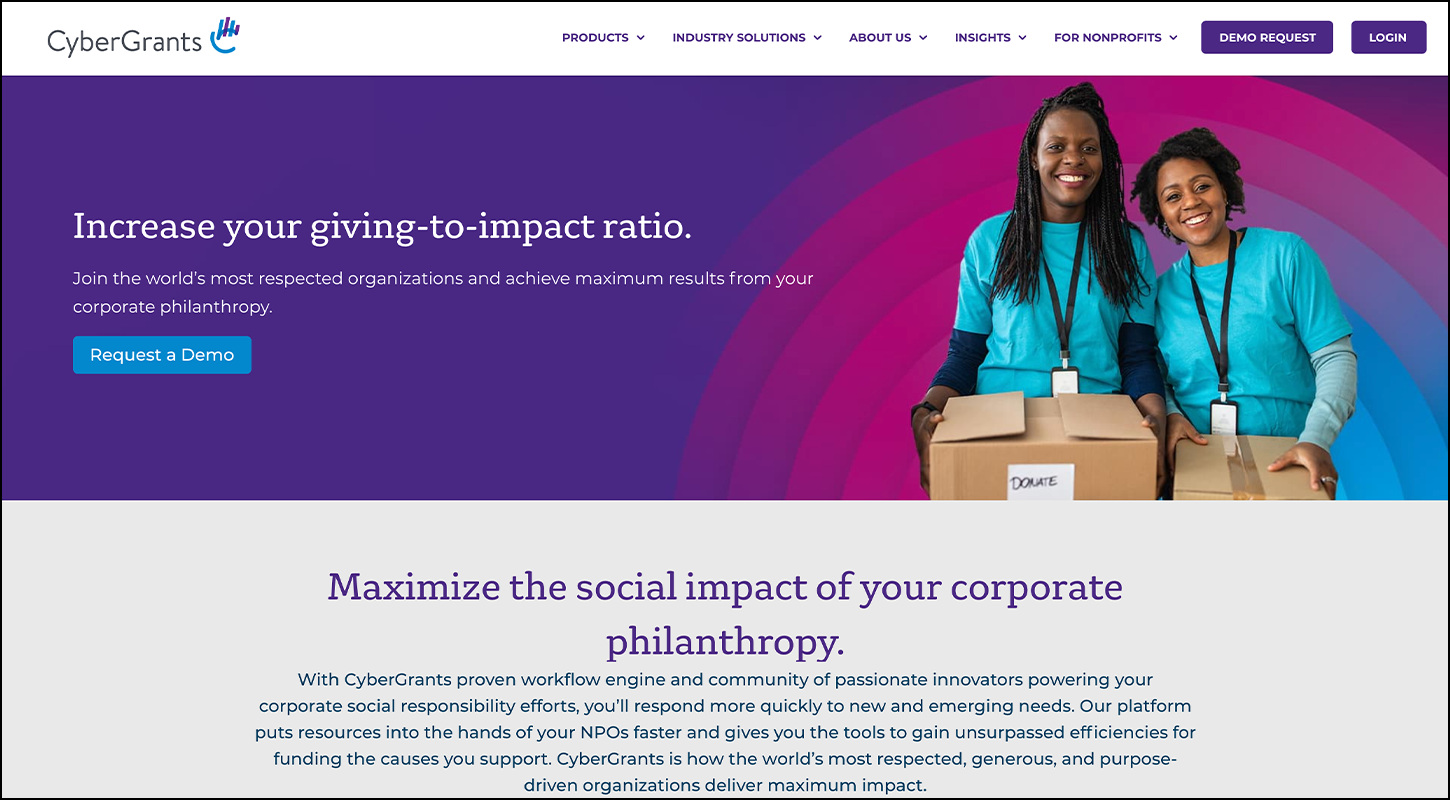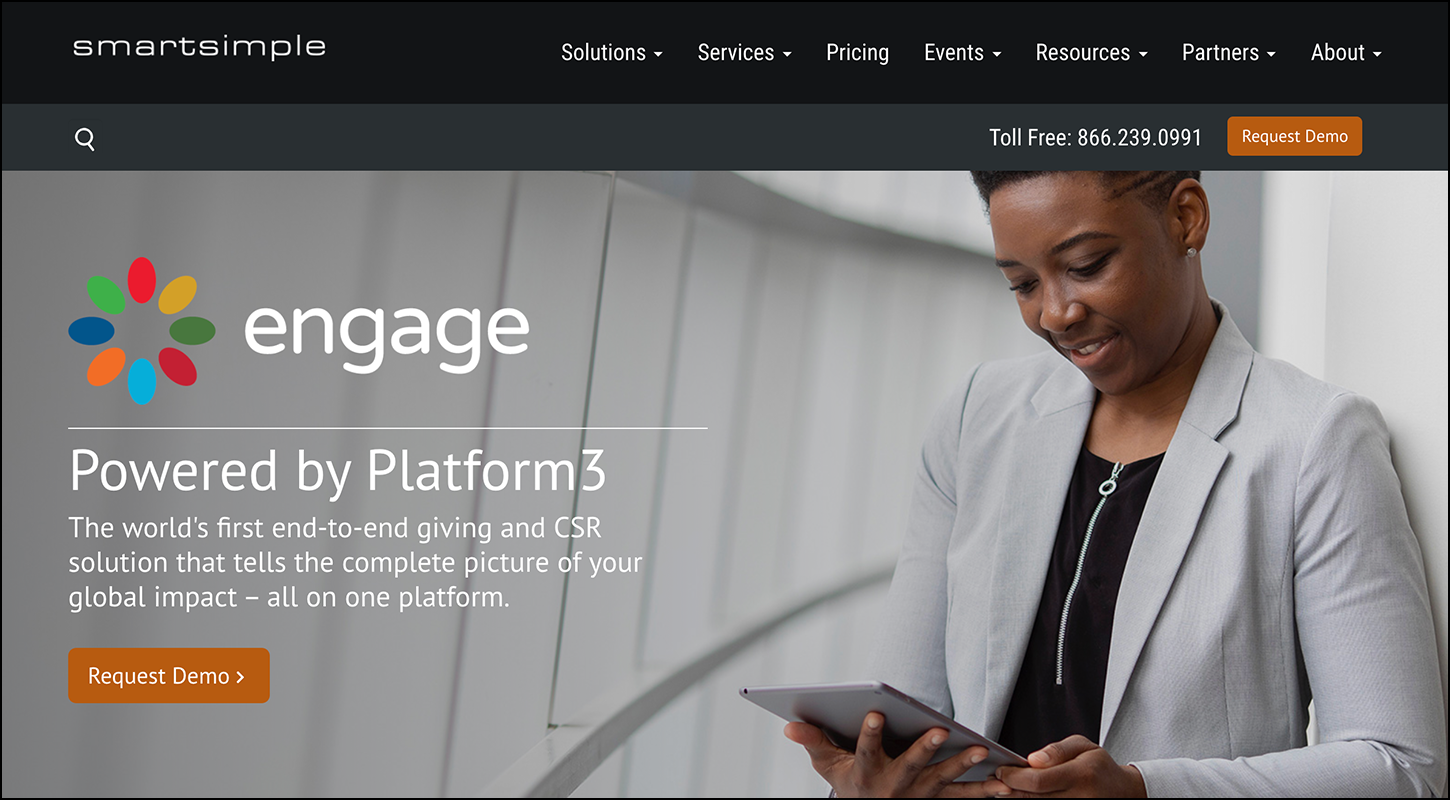Cause Marketing Examples | 14+ Effective Campaigns
Cause marketing is a great way for nonprofits and corporations to join together for a similar mission. As a result, it’s becoming a key way for corporations to express their philanthropic side while also benefiting their own bottom line. And if you’re a business or fundraising organization looking for some of the best cause marketing examples to get inspired by, you’ve come to the right place! In this guide, we’ll walk through several standout campaigns and the ideas that brought each one success. But first, we have to cover the basics.
What is cause marketing?
Falling under the umbrella of corporate philanthropy, cause marketing (or cause-related marketing) looks something like this:
Corporations partner with nonprofit organizations to help them raise money and awareness. In return, this publicly philanthropic action generates more business for the company.
In other words, it’s a win-win situation!
What is corporate philanthropy?
Corporate philanthropy encompasses any actions a business takes to benefit the world around them. Along with (and sometimes in tandem with) cause marketing, corporate donations through matching gift programs are another popular arm of this generosity.
When a company offers a matching gift program, it essentially pledges to match the donations their employees contribute to qualifying nonprofit organizations. Effectively functioning as a “buy one, get one free” sale on nonprofit fundraising, matching gifts allow organizations and their donors to double (and sometimes even triple!) the impact of the original donation.
How to implement smart corporate giving strategies
For nonprofits
The easiest way for nonprofits to capitalize on corporate giving programs is by investing in workplace giving automation. When you leverage an automation platform like Double the Donation, you can scale up your revenue while minimizing the operational lift required of your team.
This allows you to screen your supporter information to uncover available opportunities, trigger personalized outreach that drives participation in such programs, and track and report on corporate giving impact from start to finish.
Plus, you can even use the data collected through matching gift efforts to inform your broader corporate partnerships, such as identifying ideal prospects for which to pitch cause marketing initiatives and more.
For companies
There is also a range of corporate giving management software designed to aid companies in organizing and facilitating their end of a philanthropic partnership. These tools, also known as CSR or social impact platforms, can streamline management of initiatives like matching gifts, corporate volunteerism, annual giving campaigns, nonprofit sponsorships, cause marketing campaigns, and more.
Plus, it’s important to seek the right mission-driven partners and build strong relationships with the organizations a business chooses to support. While Double the Donation is not a corporate-facing vendor, feel free to contact us and we’d love to get you in touch with one of our CSR partners!
With that, let’s dive into some of the most inspirational examples cause marketing that we’ve seen in recent years. Take notes from these successful partnerships, and see which strategies might benefit your team.
| Campaign | Campaign Type |
|---|---|
| Light the Night | Custom Matching Gifts |
| Red Kettle Campaign | Point of Sale |
| Red Nose Day | Portion of Purchase |
| 100% for the Planet | 100% of Sales |
| Promotions That Give Back | Sponsorships |
| Buy a Pair, Give a Pair | Buy One Give One |
| PurposeFULL | Point of Sale |
| Soar With Reading | Proud Supporter |
| Arctic Home | Matching Gifts |
| Vodka for Dog People | Portion of Purchase |
| Miracle Balloon | Point of Sale |
| Dawn Saves Wildlife | In-Kind Giving |
| Empower Mint | Portion of Purchase |
| Create-A-Pepper | Interactive Giving |
- Top 5 Cause Marketing Examples [plus more!]
- Light the Night
- Red Kettle Campaign
- Red Nose Day
- 100% for the Planet
- Promotions That Give Back
1. Light the Night
Who are the partners?
Light the Night is an annual fundraising campaign hosted by the Leukemia & Lymphoma Society and sponsored by Danaher Corporation.
Campaign Overview
Danaher Corporation hosted a custom matching gift program in partnership with LLS as a way to give back to its community while engaging with its employees. As a part of the company’s Giving Tuesday Now campaign, the company encouraged team members to support the Leukemia & Lymphoma Society’s Light the Night fundraising walk. And in return, Danaher matched employees’ contributions dollar-for-dollar to double team members’ giving impact and grow support for the organization.
Why Their Campaign Made the List
Danaher’s support of LLS started out as a custom matching gift partnership. But since the success of their original initiative, the company decided to establish a standard matching gift program that’s open to nearly all nonprofit causes!
This inspiring cause marketing example illustrates the way that a one-off campaign can develop into a long-term, widely impactful opportunity for both the company and the organizations it supports.
The Leukemia & Lymphoma Society also boasts a complete matching gift strategy in partnership with Double the Donation’s automation platform. This empowers the team to raise even more for their cause through all sorts of corporate giving opportunities available to them.
Interested in learning more? Check out our LLS case study to see how matching gift automation brought the organization’s corporate fundraising strategy to new heights.
2. Red Kettle Campaign
Who are the partners?
The Salvation Army Southern Territory partnered with DipJar and local retailers to improve the traditional Red Kettle cause marketing campaign.
Campaign Overview
You’re probably familiar with The Salvation Army’s Red Kettle campaign, which usually takes place during the holidays. Typically, these red kettles or buckets are placed outside department stores and other shops to receive donations.
While this tried-and-true cause marketing strategy has been successful for many years, The Salvation Army realized they were missing out on a large pool of potential donors that don’t carry cash.
To improve their Red Kettle campaign, they partnered with the giving kiosk company DipJar so that they could start accepting donations via credit cards.
The branded DipJars were placed beside registers at local coffee shops and other retail partners. With these, The Salvation Army was able to gather donations from all interested donors, cash-carrying or not.
Why Their Campaign Made the List
This campaign makes our top spot because The Salvation Army saw a gap in their fundraising potential amidst a significant digital shift, and effectively provided donors with a quick and easy solution. And the companies that partnered with The Salvation Army were happy to implement the new and forward-thinking ideas!
Not to mention, online donations pair well with corporate matching gifts, and The Salvation Army Southern Territory employs Double the Donation to effectively pursue donation-match opportunities without lifting a finger!
3. Red Nose Day
Who are the partners?
This campaign was a collaboration between Red Nose Day and Walgreens.
Campaign Overview
This iconic cause marketing campaign originated in the United Kingdom and is now taking the United States by storm.
Last year, the campaign raised a record-breaking $49 million through the sale of over 12 million “red noses” at 9,000+ Walgreens stores nationwide.
The six-week campaign starts with Walgreens customers purchasing red noses and wearing them to pose for and share pictures as well as to other Red Nose Day fundraising events to spread awareness.
The proceeds from the red nose sales, and additional fundraising events orchestrated by companies and individuals during the campaign, go toward helping lift children out of poverty in the United States.
The campaign is held yearly and experiences great success.
Why Their Campaign Made the List
The Red Nose Day cause marketing campaign stands out because of its fun and playful nature. Plus, it’s so shareable. Donors want to buy a red nose (and many look forward to the campaign each year!) so that they can take pictures and share them with the hashtag #rednoseday.
4. 100% for the Planet
Who are the partners?
Patagonia organized this cause marketing campaign with various grassroots environmental organizations.
Campaign Overview
For Black Friday, Patagonia announced that they would give 100% of the day’s sales to support grassroots organizations working to protect our air, water, and soil.
To help support the planet, customers just needed to make a purchase at one of Patagonia’s many stores on Black Friday. With the help of many loyal customers as well as first-time shoppers, the company was able to raise more than $10 million in sales.
The funds were then contributed to numerous underfunded and off-the-radar nonprofits, ultimately going a long way to make a positive difference for our planet.
Why Their Campaign Made the List
Donating to the cause took no additional effort—donors just had to shop at Patagonia on Black Friday to show their support. Since all the money spent was going toward a good cause, it’s likely that many people purchased more than normal just to support the environmental organizations.
Not to mention, Patagonia demonstrates its devotion to social and environmental good all year round, too. Although the 100% For The Planet campaign was a single-day event, the company commits to contributing 1% of all sales to environmental causes. Plus, Patagonia offers up to $10,000 in matching gifts for all current employees year-round, empowering their own workforce to give back in impactful ways!
5. Promotions That Give Back
Who are the partners?
Promotions That Give Back is an ongoing partnership between the American Diabetes Association and a number of corporations that support their efforts. Contributors include WeightWatchers, Hilton HHonors, and Survey Monkey!
Campaign Overview
As a multi-faceted campaign, the ADA’s Promotions That Give Back involves several key partnerships with companies’ whose mission statements align with the organizations’ own values. Each partnership is structured in a slightly different way, though they generally all follow a ‘portion of sales’ model of cause marketing.
Why Their Campaign Made the List
This campaign stood out because of the successful collaboration between the American Diabetes Association and their range of corporate partners. Because their missions and visions align so well, each team is able to benefit greatly from the overlapping audiences reached through their ongoing cause marketing efforts.
Plus, the ADA takes a proactive approach to employee matching gift opportunities, too, using Double the Donation’s automation system to identify, tailor outreach for, follow up with, and track available corporate gifts.
Who are the parnters?
Warby Parker partners with various healthcare and medical-related organizations, including VisionSpring.
Campaign Overview
Warby Parker uses the buy-one-give-one model to promote the company’s philanthropic side and give back to communities in need.
The premise is very simple: for every pair of glasses that Warby Parker sells, the company donates to cover the cost associated with sourcing a pair for someone who would otherwise be unable to obtain them.
In addition to the donation, their nonprofit partners train individuals in developing countries on how to give basic eye exams and sell glasses at affordable prices, thus making vision care more readily available in the long run.
Why Their Campaign Made the List
The Buy a Pair, Give a Pair campaign is so successful because of its marketing strategy and the ability to capture donors’ attention and raise awareness. And Warby Parker has pulled off one of the most well-known instances of this particular cause marketing strategy!
To market the effort, the company shares information about the program, along with beneficiary stories, on its website and other promotional materials.
7. PurposeFULL
Who are the partners?
The PurposeFULL cause marketing campaign is a collaboration between Arby’s and Share Our Strength.
Campaign Overview
Since the establishment of the program, Arby’s restaurants across the nation have raised more than $27 million for the organization Share Our Strength. Centered around four key pillars of corporate giving, the PurposeFULL program is designed to support YouthFULL, SkillFULL, ResourceFULL, and FlavorFULL efforts for social and environmental good.
PurposeFULL is a point of sale campaign, meaning that Arby’s asks for donations during the sale of an item usually through a screen prompt, sign, or a direct ask from the cashier.
The money raised through its PurposeFULL campaign each year goes to provide meals to youth in need throughout America. And it has an overall vision of eradicating childhood hunger and food insecurity!
Why Their Campaign Made the List
Because the PurposeFULL campaign lets donors know how much just $1 can contribute (up to 10 meals!), supporters are able to visualize and understand the tangible impact of their monetary donations.
Plus, Arby’s—under the Inspire Brands umbrella—gives back all year long with its generous matching gift program.
8. Soar With Reading
Who are the partners?
The Soar With Reading campaign is a partnership between JetBlue and the nonprofit organization FirstBook.
Campaign Overview
The Soar With Reading program was designed to inspire and encourage children’s imaginations.
JetBlue donates money to FirstBook to help provide books to children in low-income neighborhoods, including through free book vending machines.
Additionally, the Soar With Reading program helps provide schools and educators with diverse reading materials to promote and encourage learning among students.
Why Their Campaign Made the List
The Soar With Reading campaign is successful because the whole company is involved in supporting JetBlue’s partner organization. JetBlue employees are encouraged to volunteer with the Soar With Reading program and make a difference in children’s lives, or even donate toward the cause themselves.
And the company also offers a unique volunteer grant program in which team members are eligible to request free flight vouchers on behalf of the organizations (FirstBook and others) with which they volunteer! So not only are JetBlue employees empowered to get involved with their cause marketing partner in a hands-on way, but they’re also able to provide additional resources at no cost.
9. Arctic Home
Who are the partners?
The Arctic Home Cause Marketing Campaign was created by Coca-Cola and World Wildlife Fund.
Campaign Overview
Coca-Cola has used polar bears as their unofficial mascot for years, so it makes sense that they would partner with World Wildlife Fund to support the conservation of the polar bear and its habitat.
Thus, the Arctic Home campaign was all about building awareness and raising funds through merchandise and online fundraising.
Coca-Cola introduced Arctic Home Coke cans to raise funds and awareness for the organization. With a package code leading to an online donation form, consumers could quickly and easily make a gift to the organization. And Coca-Cola stretched these gifts even further by matching every donation its buyers made!
Why Their Campaign Made the List
By matching the $1 donations of customers who purchased an Arctic Home can, Coco-Cola financially supported and motivated its own audience to give to the World Wildlife Fund. Those small-dollar donations added up quickly, especially since they were being doubled.
Coca-Cola also matches gifts made by its employees of up to $10,000 per team member per year at a 2:1 ratio—effectively tripling its workforce’s donation impact year-round!
10. Vodka for Dog People
Who are the partners?
Tito’s Handmade Vodka and Emancipet partnered together to create the Vodka for Dog People cause marketing campaign.
Campaign Overview
Tito’s Handmade Vodka started their partnership with Emancipet to help care for dogs. And out of that relationship, with a goal to raise both money and awareness for the organization, Tito’s cause-related website, Vodka for Dog People, was born.
On the site, supporters can purchase Tito’s-branded items such as leashes, toys, and t-shirts, making it the perfect pairing of product fundraising and cause marketing.
For the Tito’s product fundraising campaign, all the proceeds from the website go to Emancipet. Meanwhile, the added benefit of fundraising through the sale of branded items means that after someone makes their purchase, they’re promoting the branded nonprofit any time they use the product.
Why Their Campaign Made the List
The Vodka for Dogs campaign uses both online and local fundraising efforts to raise money and awareness for pet care. In addition to the website, Tito’s works with bars and liquor stores to host yappy hour fundraisers for its nonprofit partner. And the company matches donations its employees make to qualifying organizations—including Emancipet and beyond!
11. Miracle Balloon
Who are the partners?
The Miracle Balloon campaign is a collaboration between Walmart and Children’s Miracle Network Hospitals.
Campaign Overview
The Miracle Balloon campaign has been an ongoing partnership between Walmart (and Sam’s Club) and Children’s Miracle Network Hospitals for years.
For six weeks of every year, Walmart employees ask for donations from customers at checkout. If donors contribute a dollar or more, they can place their names on a paper Miracle Balloon and place it on the honor wall.
Why Their Campaign Made the List
This cause marketing campaign is effective because it leverages the idea of social proof particularly well. When customers see how many donors have already supported the cause, they’ll be increasingly motivated to participate themselves.
Additionally, while most Walmart and Sam’s Club locations participate, the campaign focuses on locations near a Children’s Miracle Hospital. That way, the organization can encourage grateful patients or those with a loved one who received care at one of the hospitals to donate.
12. Dawn Saves Wildlife
Who are the partners?
The Dawn Saves Wildlife campaign is organized by Dawn Dish Soap in support of its environmental advocacy partners, International Bird Rescue and the Marine Mammal Center.
Campaign Overview
Since the inception of the campaign in 2006, Dawn Dish Soap has helped save 150,000 marine animals (and counting!) through its generous and ongoing support of the International Bird Rescue and Marine Mammal Centers. And the support the company offers takes place in a few key ways: including donating more than 50,000 bottles of its product and over $4.5 million in cash gifts.
Dawn’s donated dish soap is then used by its environmental partners in direct rescue and rehabilitation efforts of aquatic birds and mammals in need. This includes the organizations’ responses to oil spills and other wildlife emergencies!
Why Their Campaign Made the List
Over the years, Dawn’s cause marketing efforts, specifically in the realm of environmental conservation and wildlife care, has become so completely engrained into its brand. In fact, many of the company’s products now feature the wildlife it’s devoted to—including seals, ducklings, and more. This goes on to further demonstrate Dawn’s commitment to making a difference in the long-term.
13. Empower Mint
Who are the partners?
Empower Mint is a key element of Ben & Jerry’s cause marketing campaign designed to benefit the NAACP.
Campaign Overview
Ben & Jerry’s launched a limited-time ice cream flavor that was marketed as a “flavor to benefit democracy.” The campaign that went along with the treat was developed as a way to fight against a voter suppression law and aid in the restoration of the Voting Rights Act.
During the time that the flavor was offered, a portion of proceeds from each sale was donated to the NAACP.
Why Their Campaign Made the List
In addition to its punny naming conventions, Ben & Jerry’s is well-known for being a particularly opinionated brand. And the company has been willing to stand up to its beliefs by supporting a variety of nonprofit causes in order to do so. This is just one example!
14. Create-A-Pepper
Who are the partners?
The Create-A-Pepper campaign is a popular example of cause marketing organized by Chili’s Bar and Grill as a way to benefit St. Jude Children’s Research Hospital.
Campaign Overview
Held during National Childhood Cancer Awareness Month each year since 2002, Create-A-Pepper is an interactive fundraising campaign taking place at the Tex-Mex dining chain nationwide. Over the last few decades, the initiative has raised more than $100 million for St. Jude, enabling the research hospital to make great strides in its research, treatment, and support of those affected by life-threatening childhood illnesses.
Why Their Campaign Made the List
Kids and adults of all ages love the opportunity to complete a coloring sheet while waiting for their meals at a restaurant. This cause marketing campaign turns a fun and simple activity into a profitable fundraising initiative that goes to support the patients and families at St. Jude hospital.
St. Jude Hospital also makes it easy for individual donors and corporate partners to get involved in supporting their efforts. This includes a dedicated matching gifts page to promote workplace giving on an individual basis and a corporate sponsorship interest page that promotes mutually beneficial partnerships like cause marketing efforts, one-off match programs, and more!
Wrapping Up
As you can see from these examples, cause marketing is an effective way to raise both funding and awareness for a nonprofit cause. Plus, the nonprofit and the for-profit business involved receive significant benefits from the relationship.
If you’re ready to begin seeking such corporate giving initiatives for your organization, we recommend pulling ideas and inspiration from the above successes. And existing donor data—such as your supporters’ employer information and matching gift eligibility—can help you uncover and pursue the best opportunities for your team.
To learn about more nonprofit funding strategies, check out these bonus resources:
- Full List of Fundraising Ideas.Didn’t find what you were looking for? Check out our complete list of more than 200+ fundraising ideas. You’re bound to find the perfect fundraiser for your organization!
- Top Companies for Donation Requests. Whether you’re looking for businesses with which to organize a cause marketing campaign or seeking sponsors for an upcoming event, check out this list of over 30 companies that have existing philanthropic programs in place.
- The Complete Guide to Matching Gift Automation. Many cause marketing programs include matching gift components. Corporate donation-matches are a great way to partner with businesses, engage individual donors, and double your funds! Learn more with this ultimate guide.




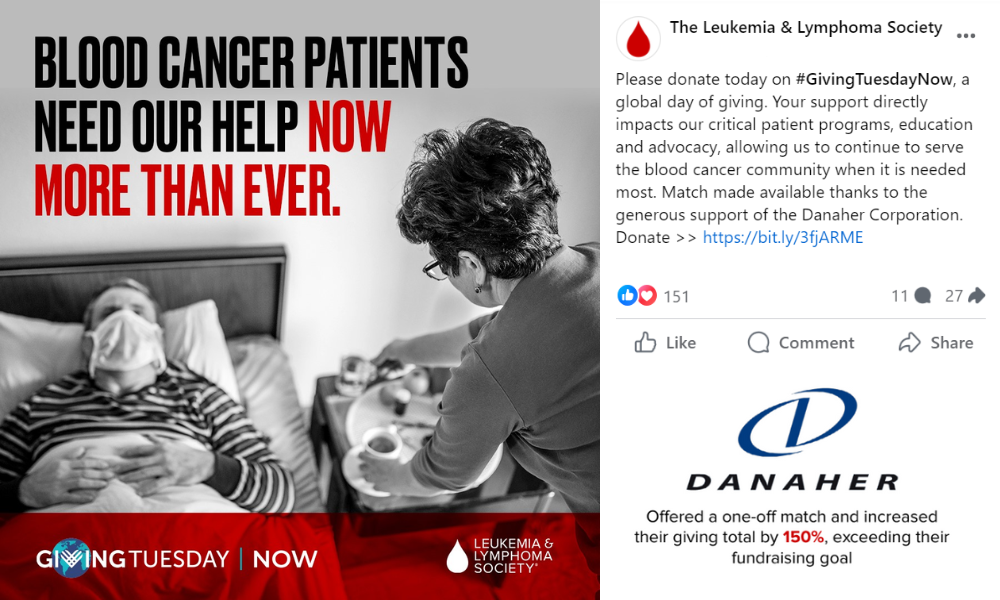



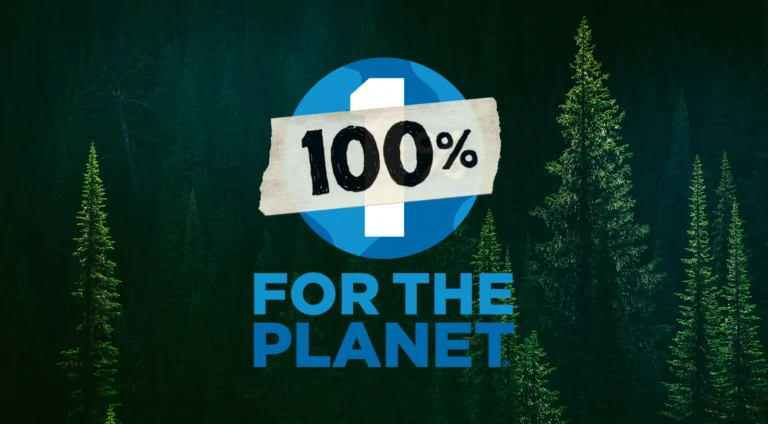

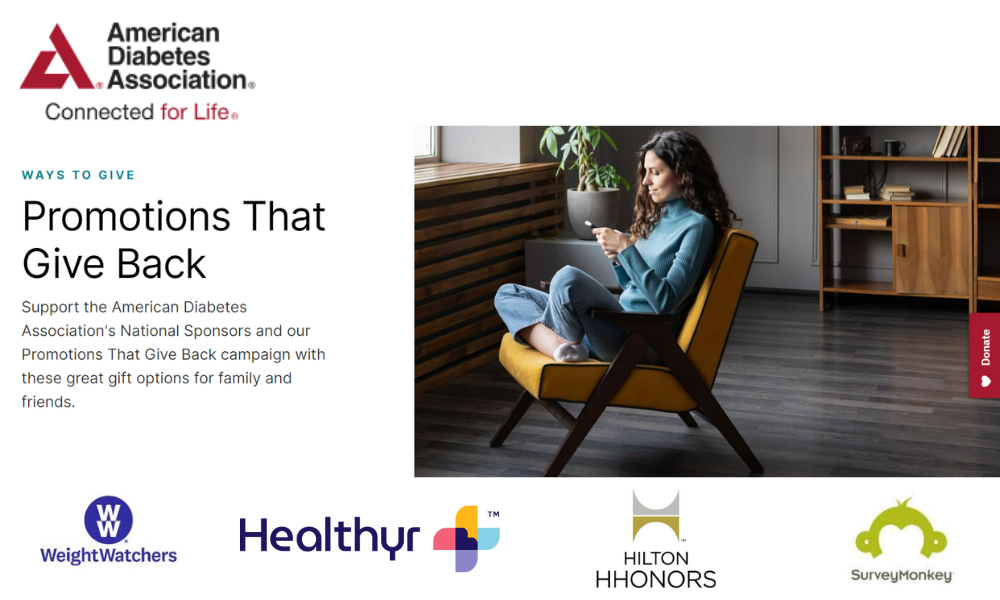
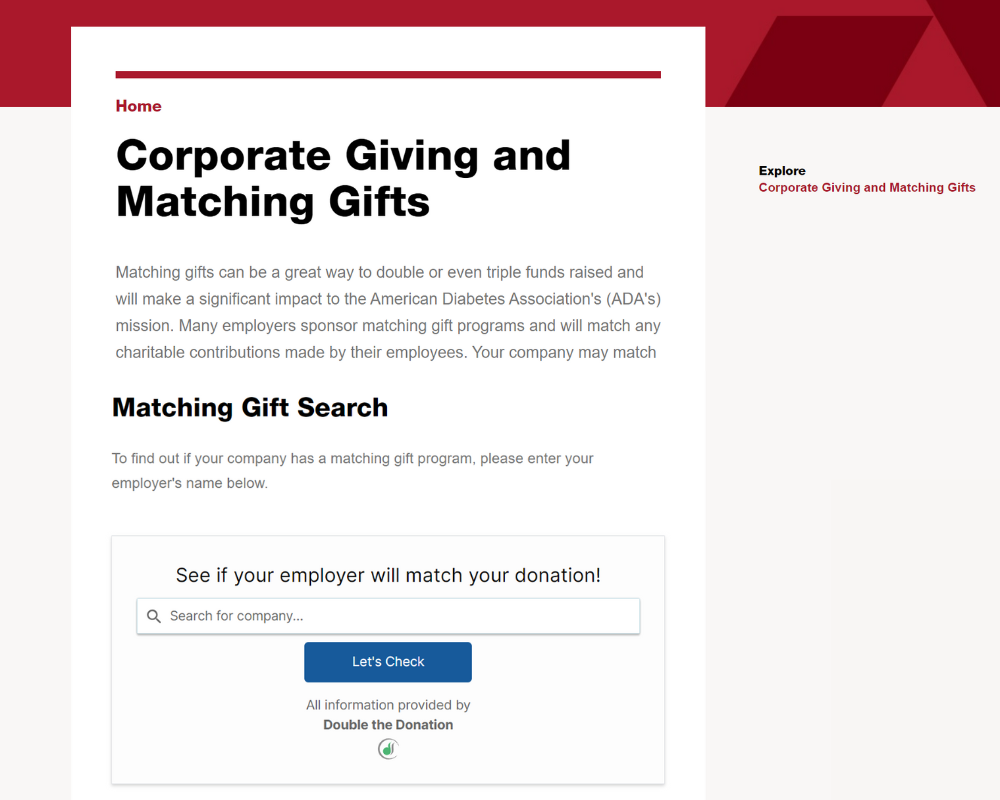


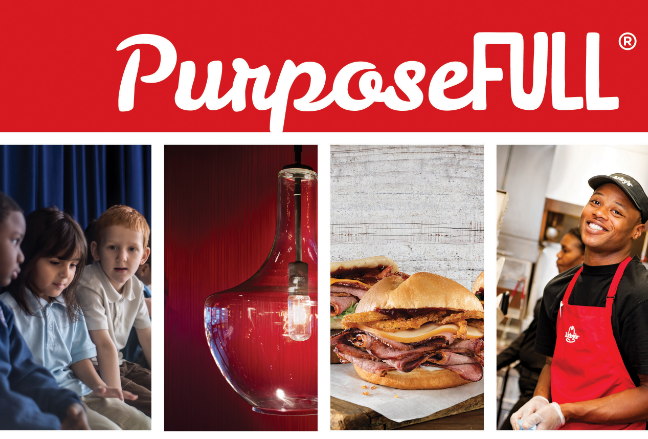




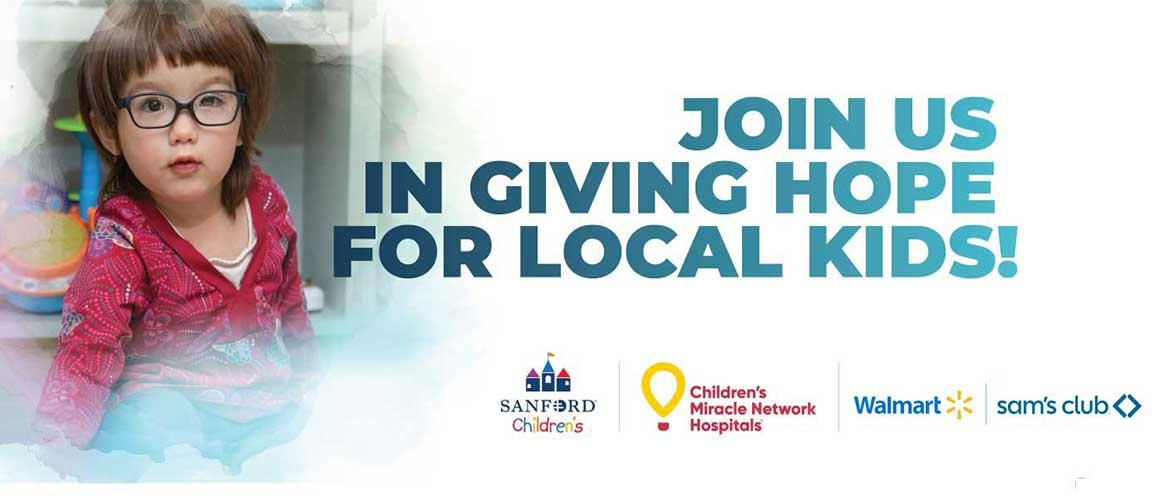



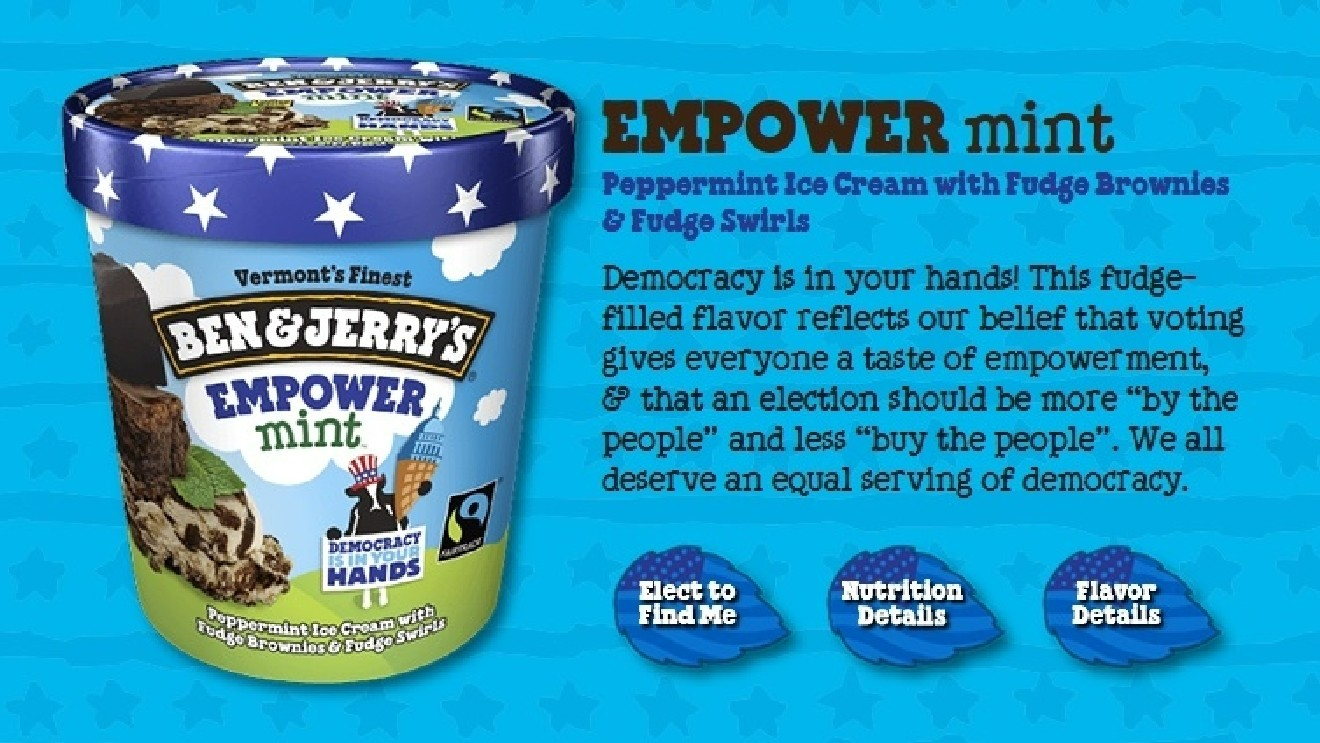

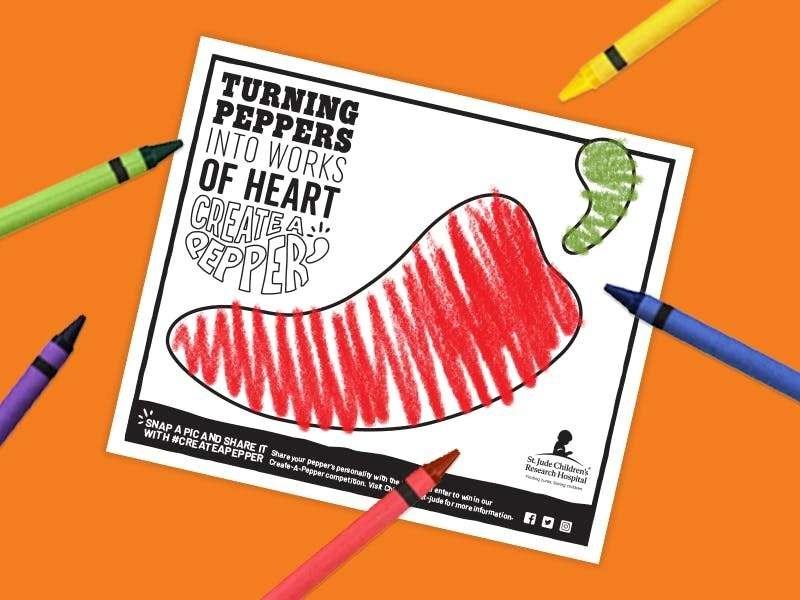
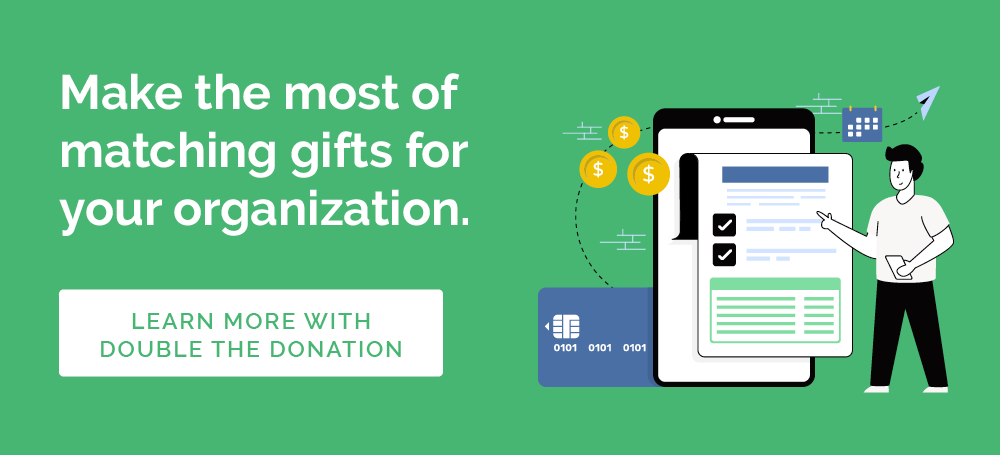

 Fun Fact: By working with a CLMA-certified matching gift platform, Innovative Discovery has become a
Fun Fact: By working with a CLMA-certified matching gift platform, Innovative Discovery has become a 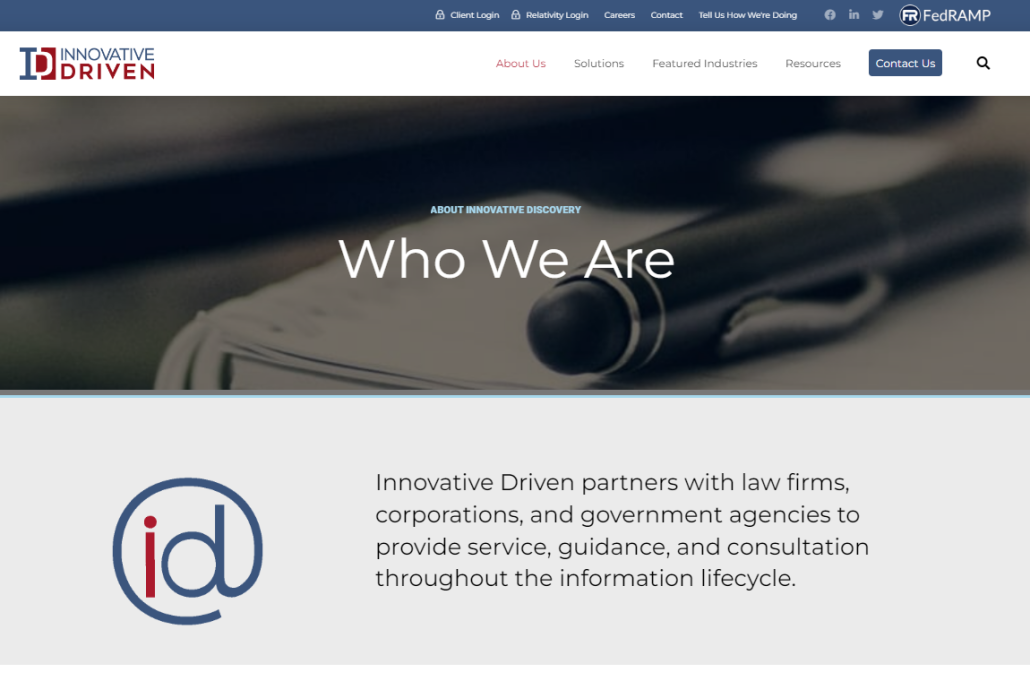
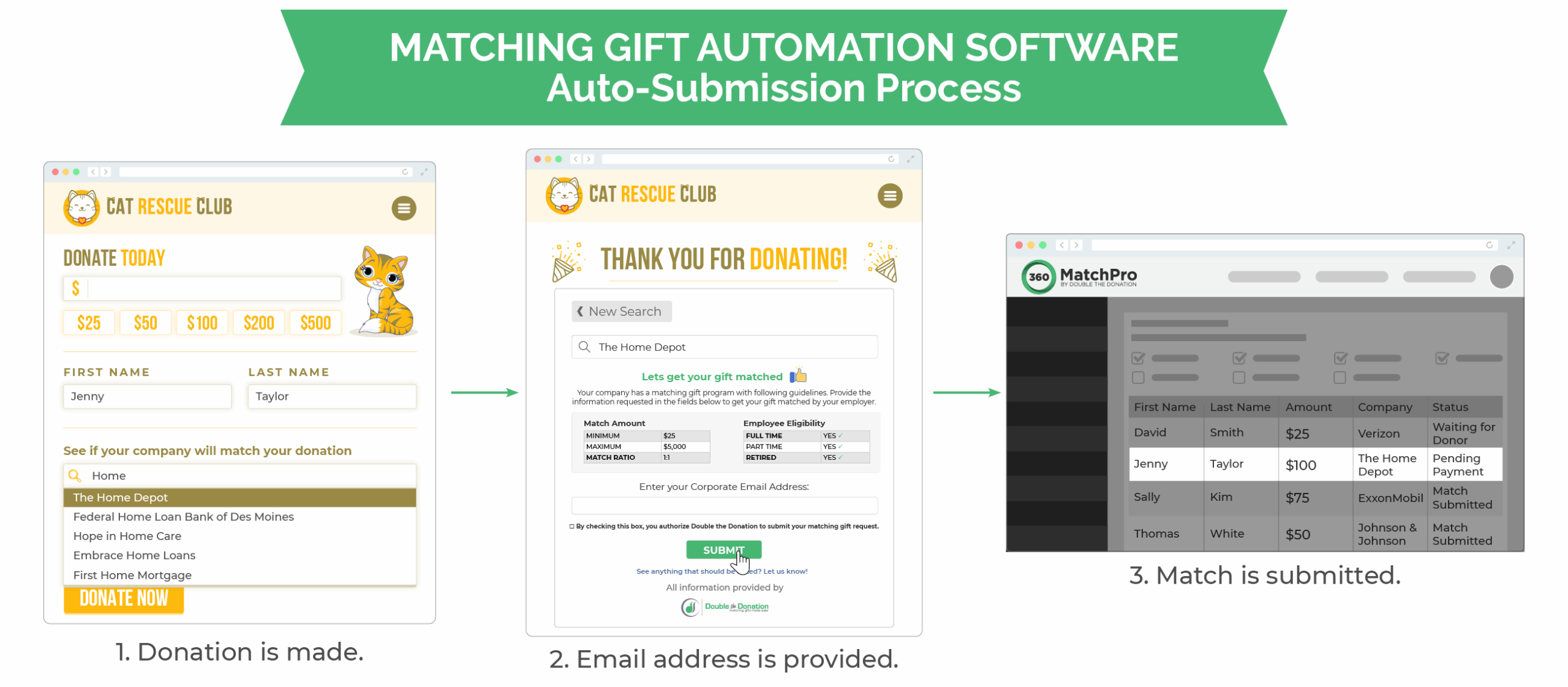 Matching gift ratio – 1:1 (or dollar for dollar)
Matching gift ratio – 1:1 (or dollar for dollar)



